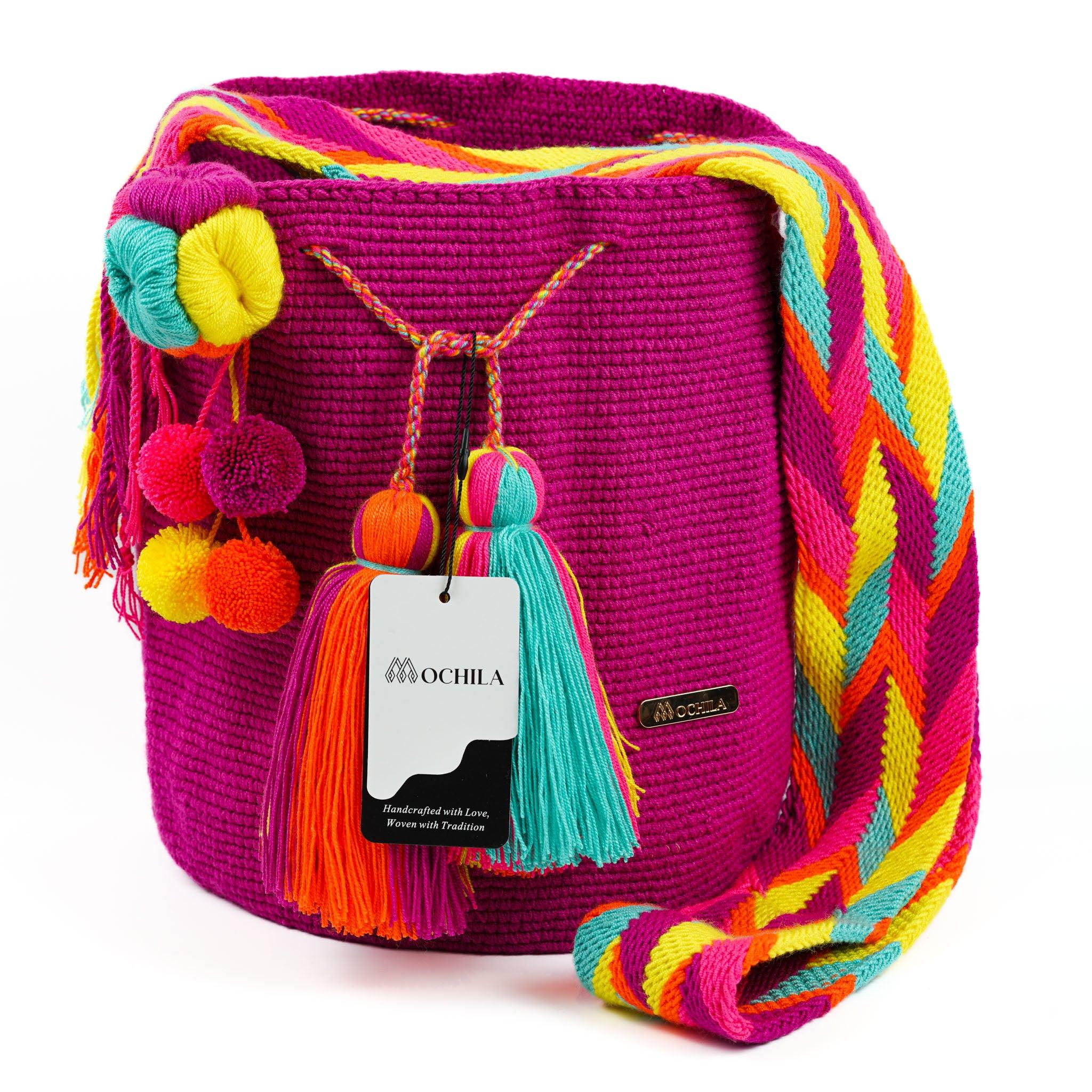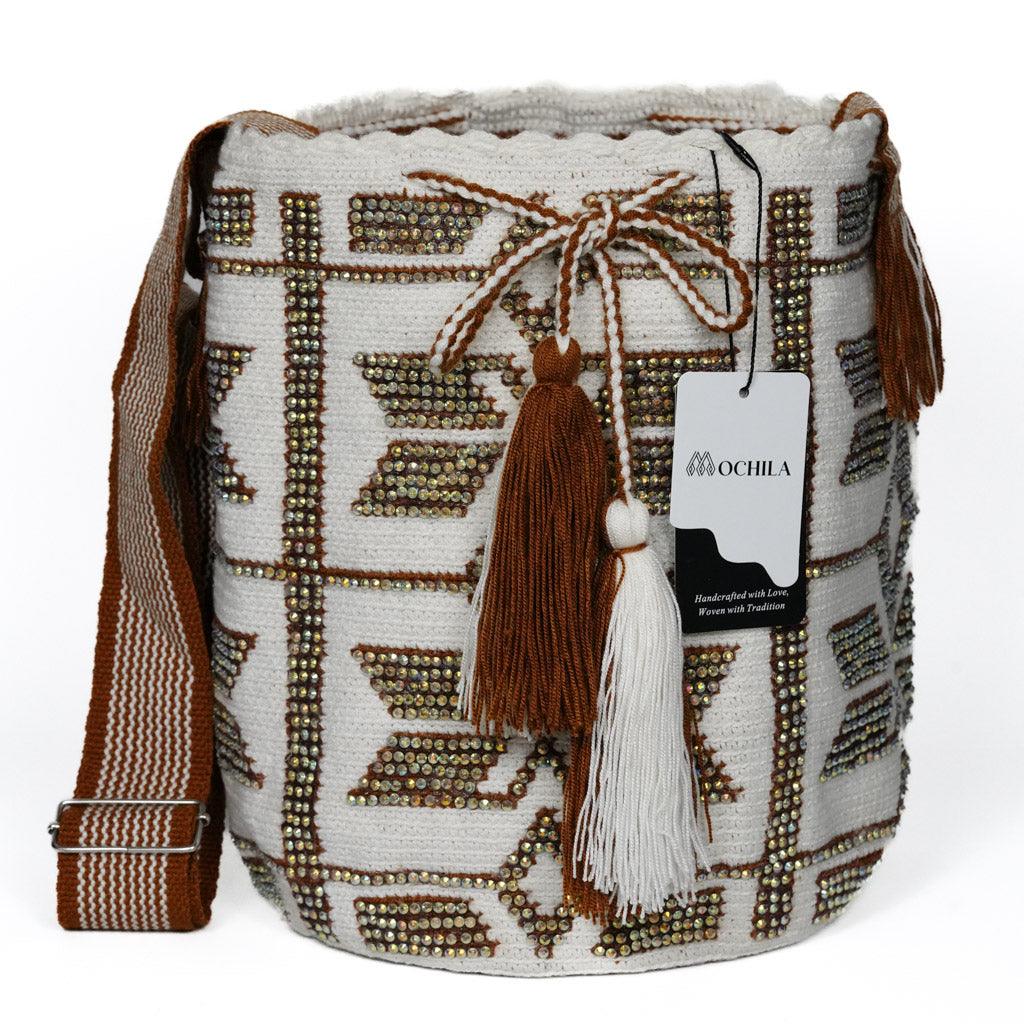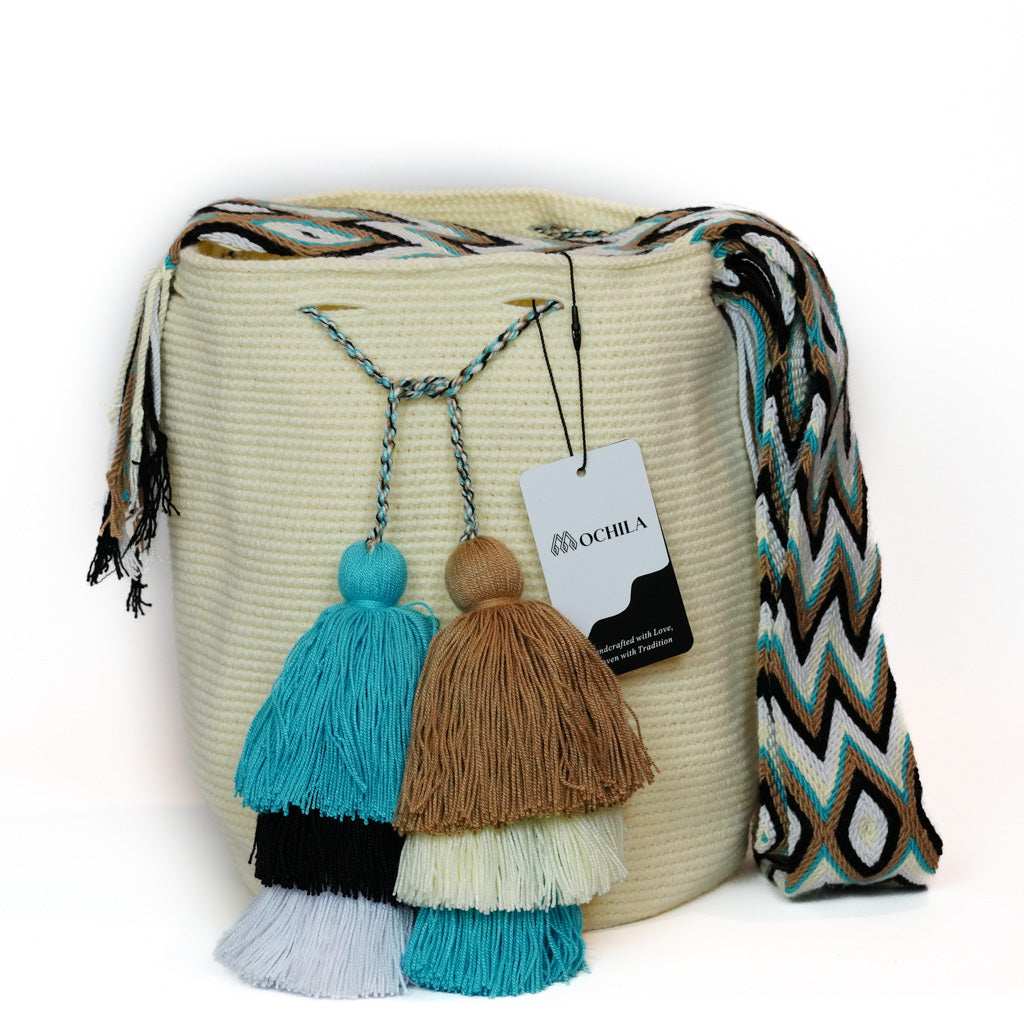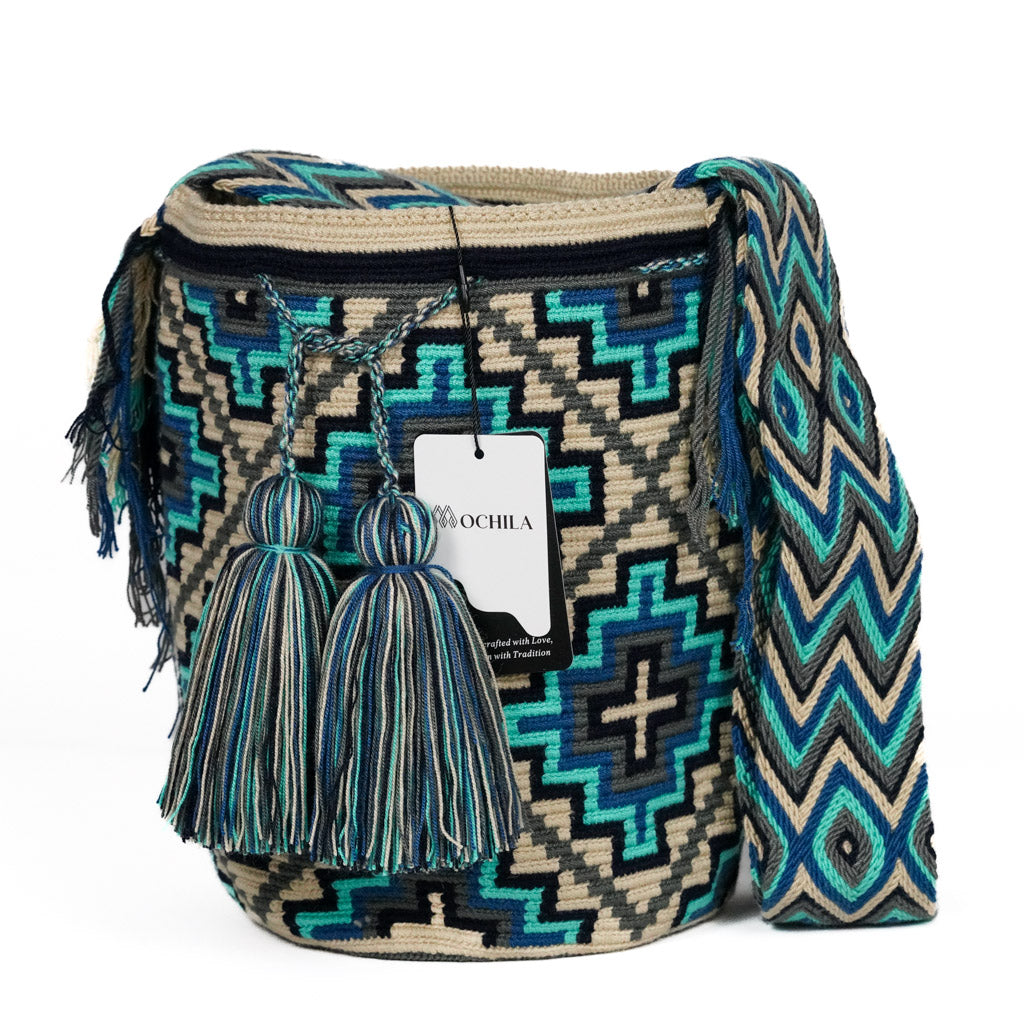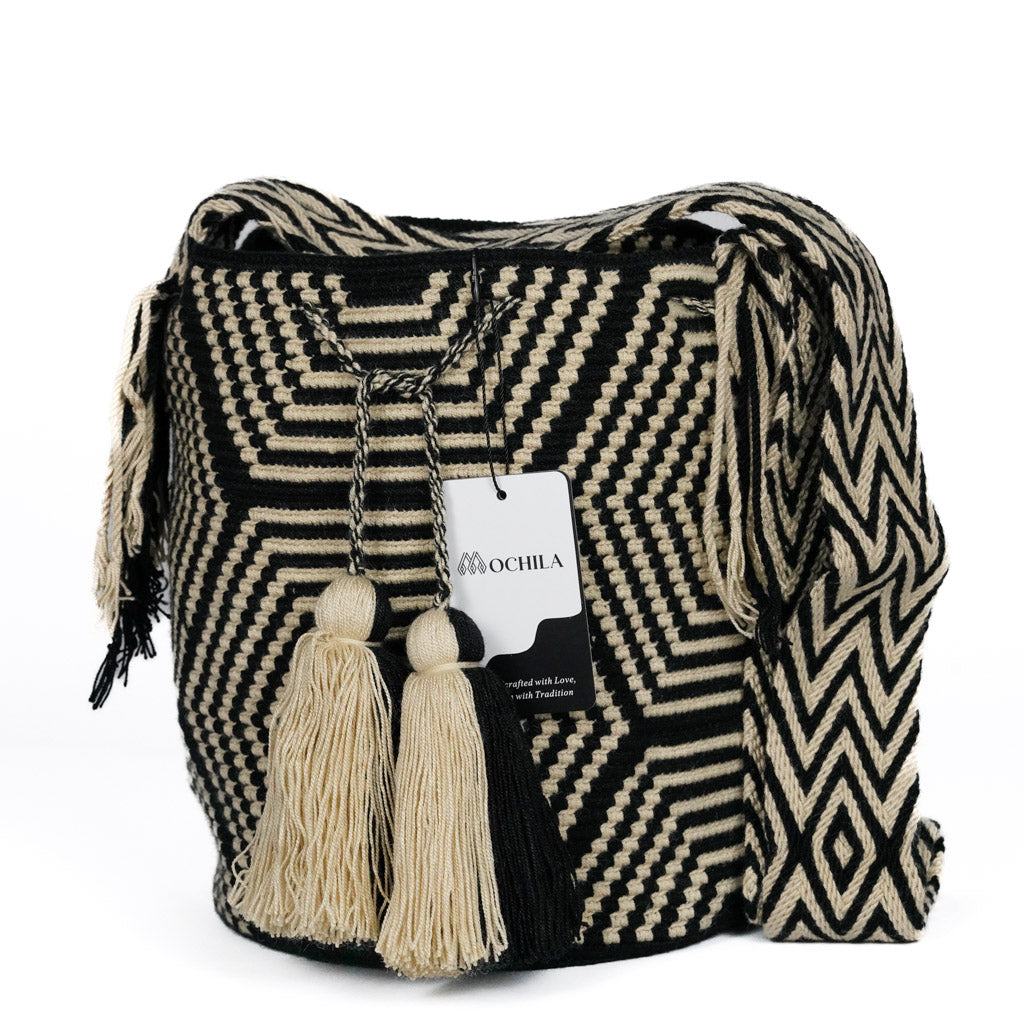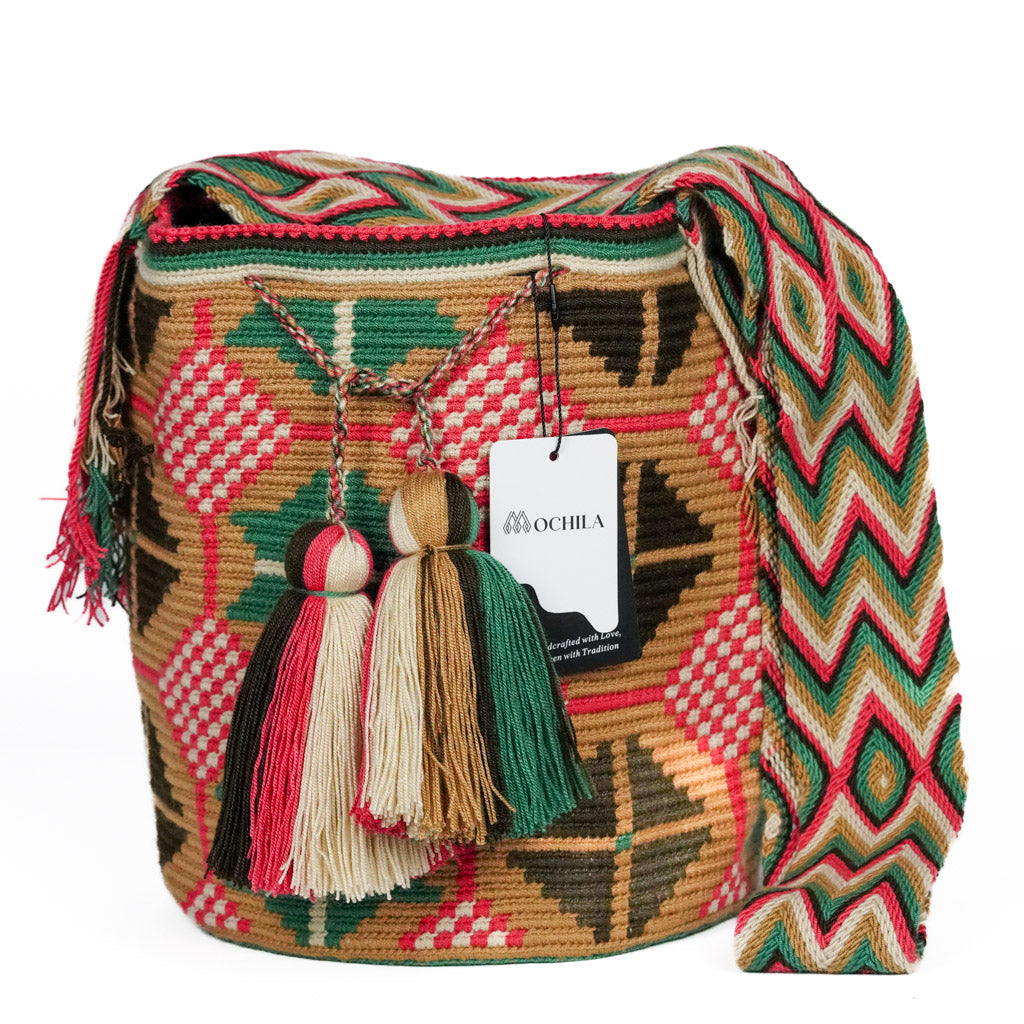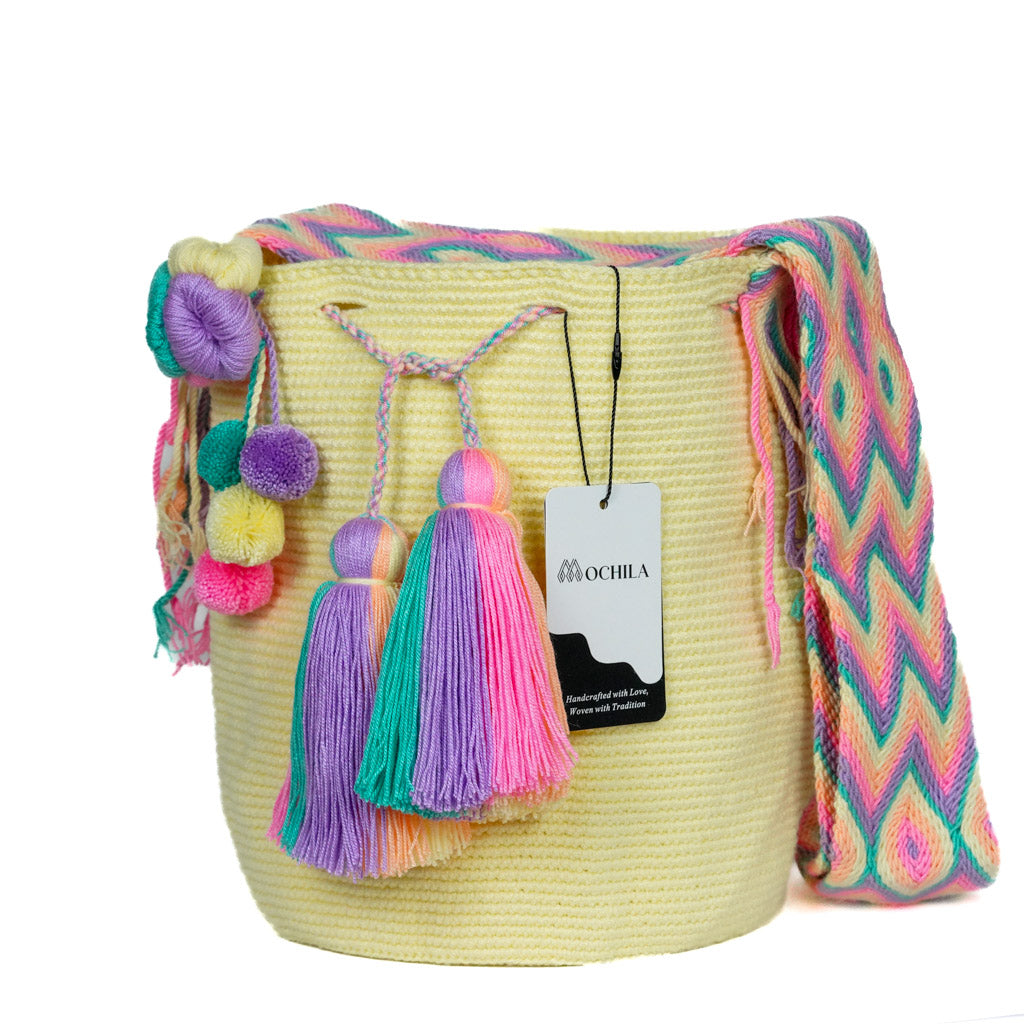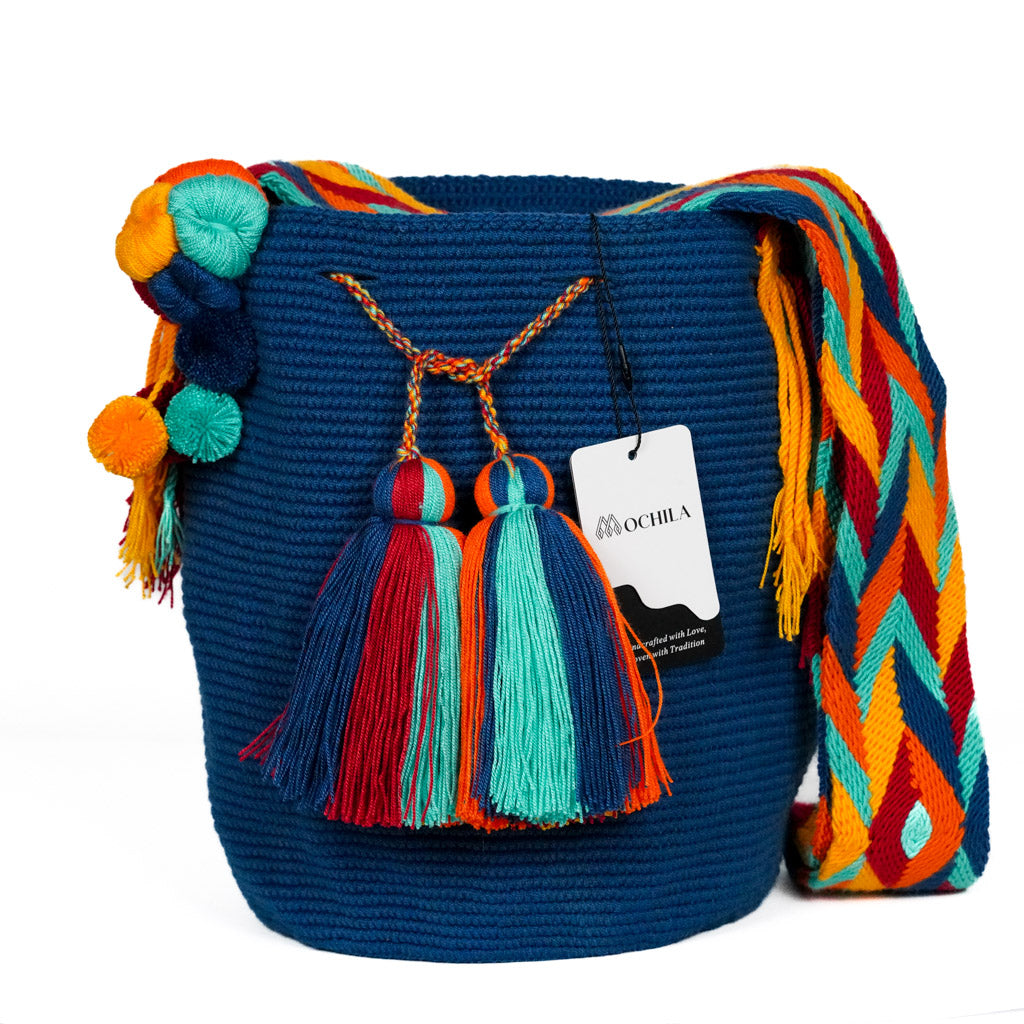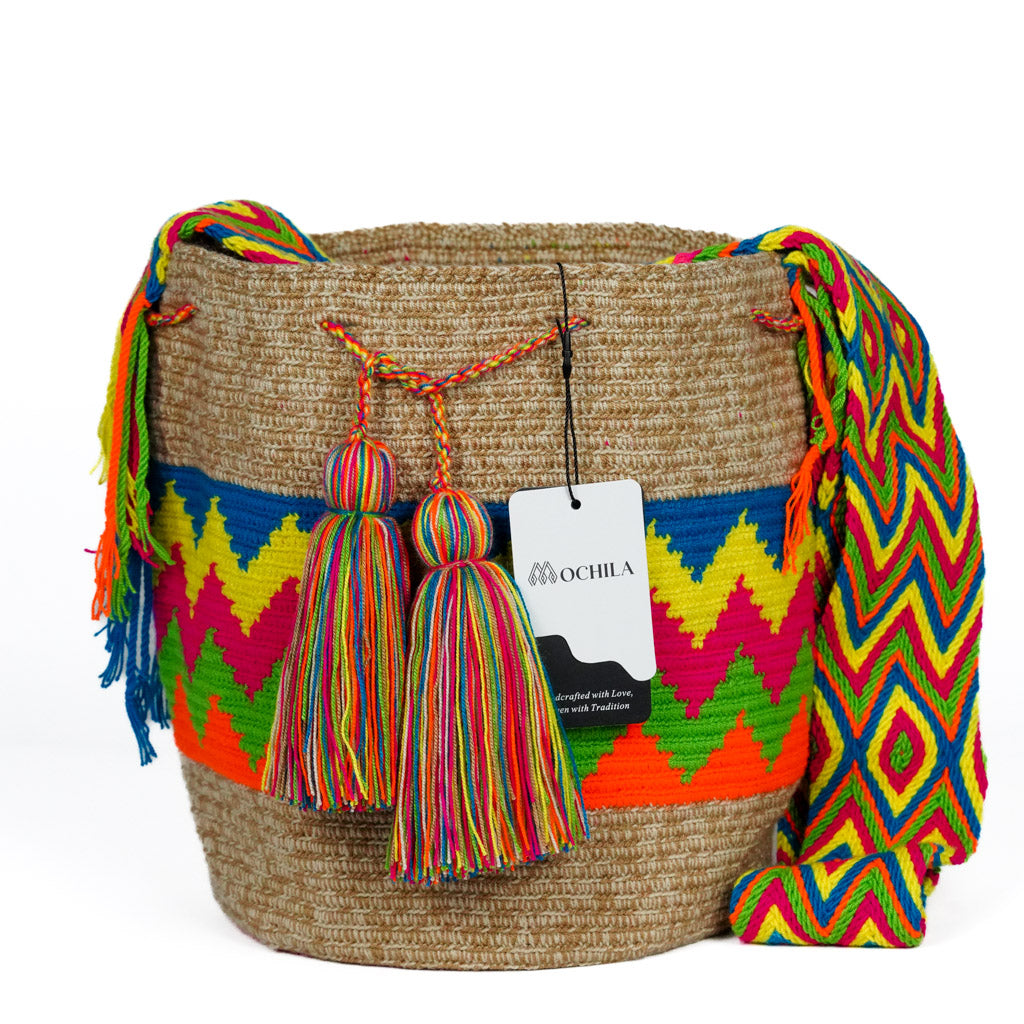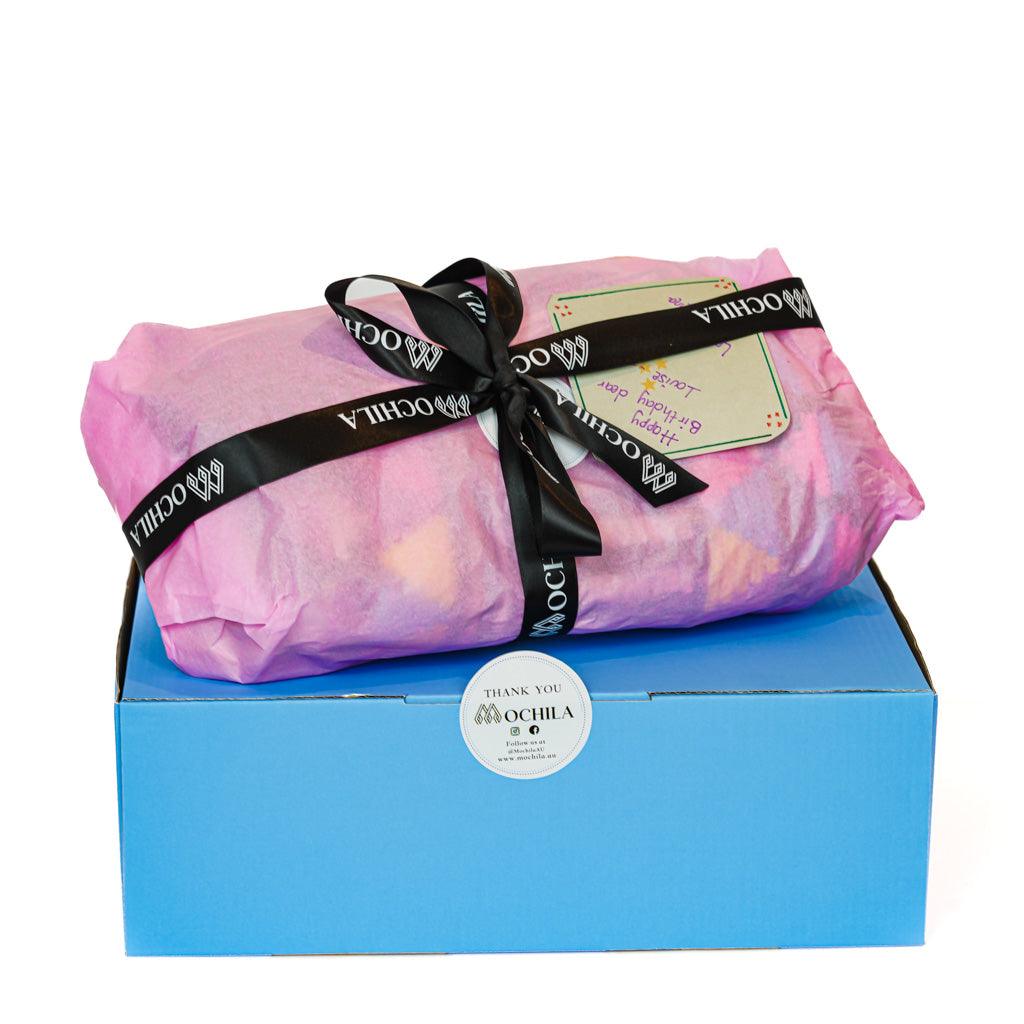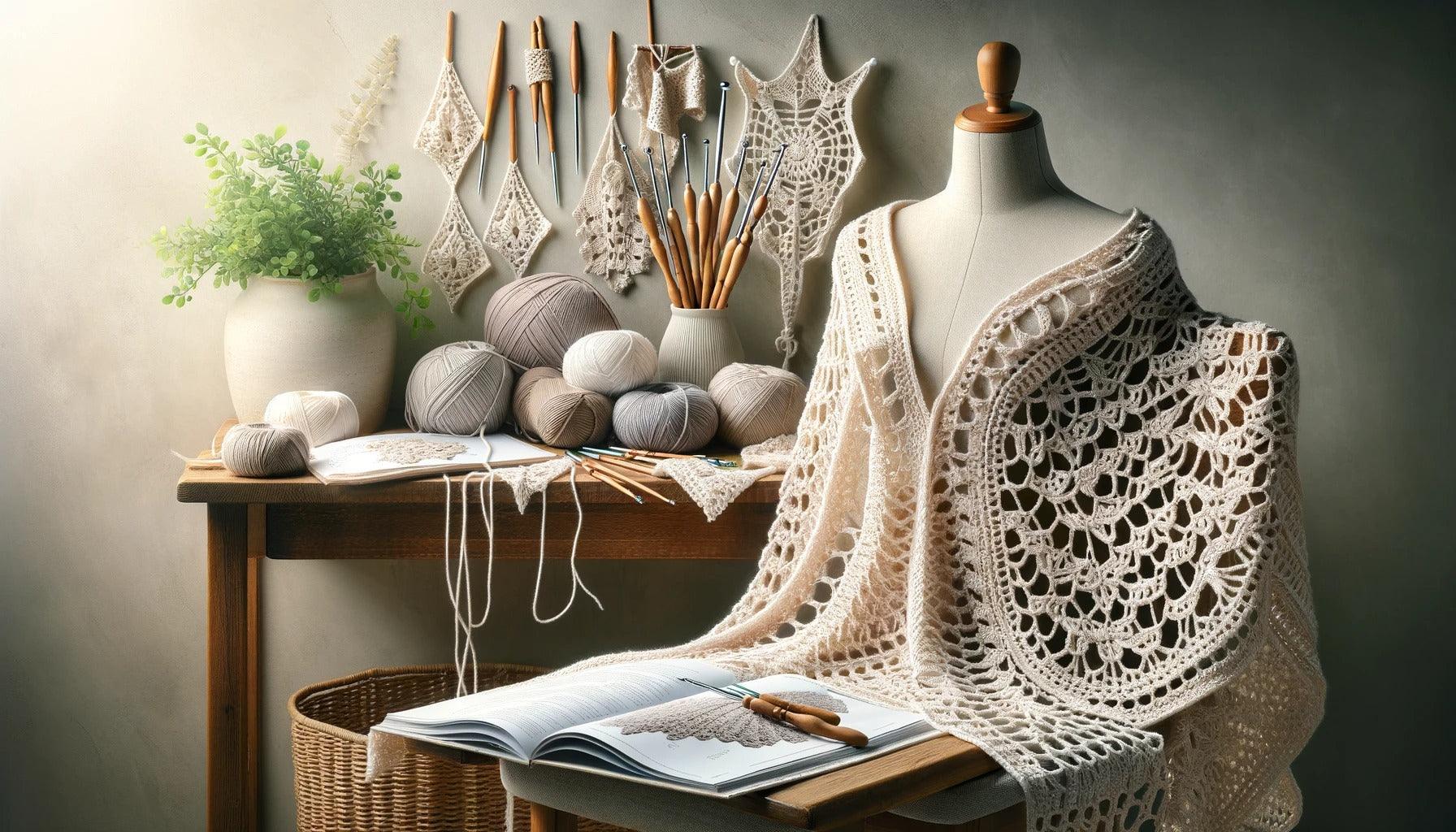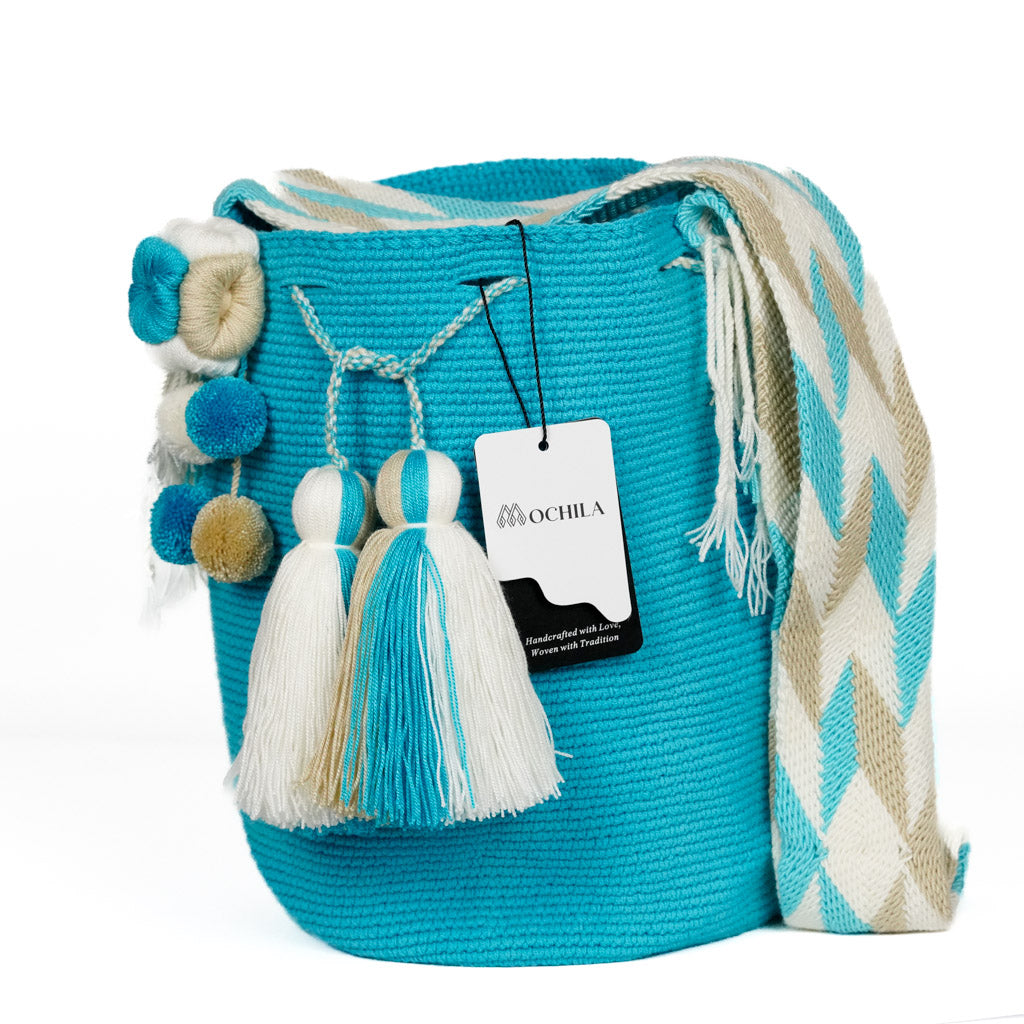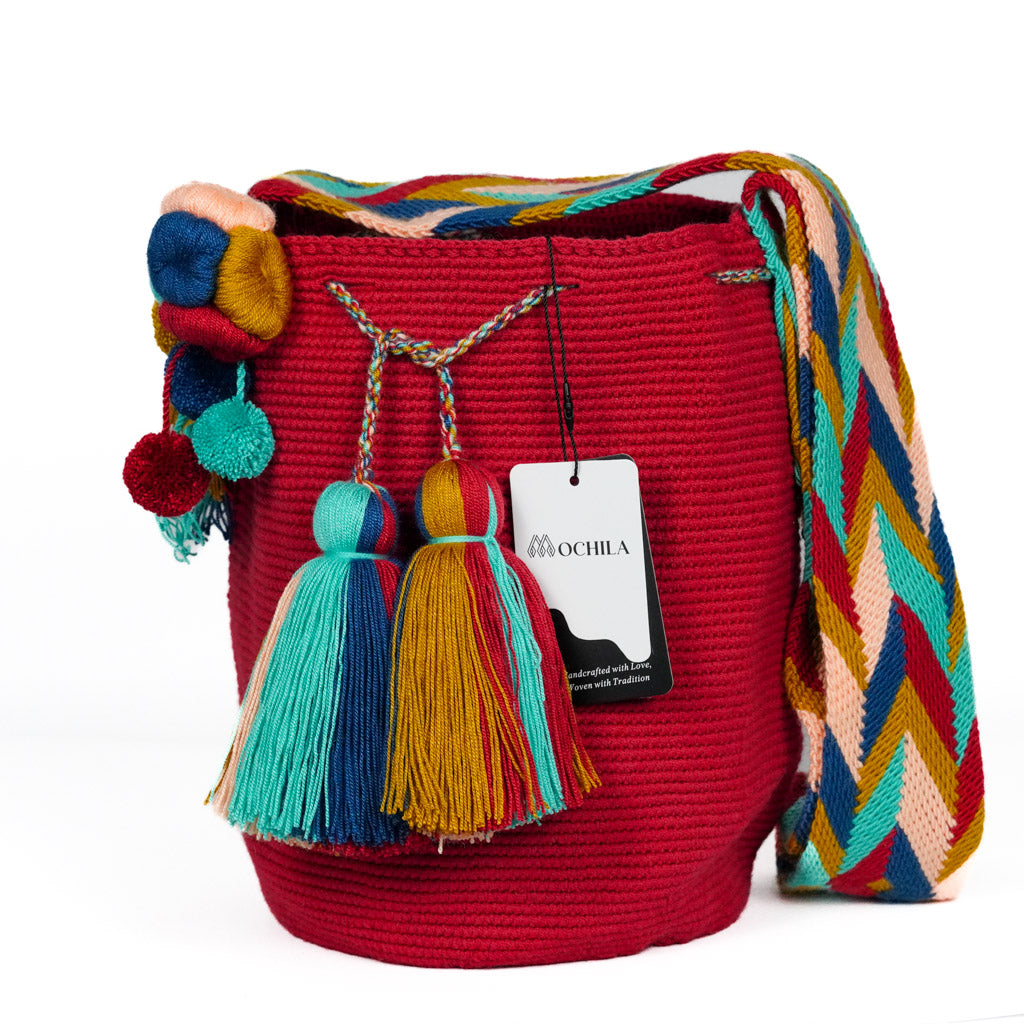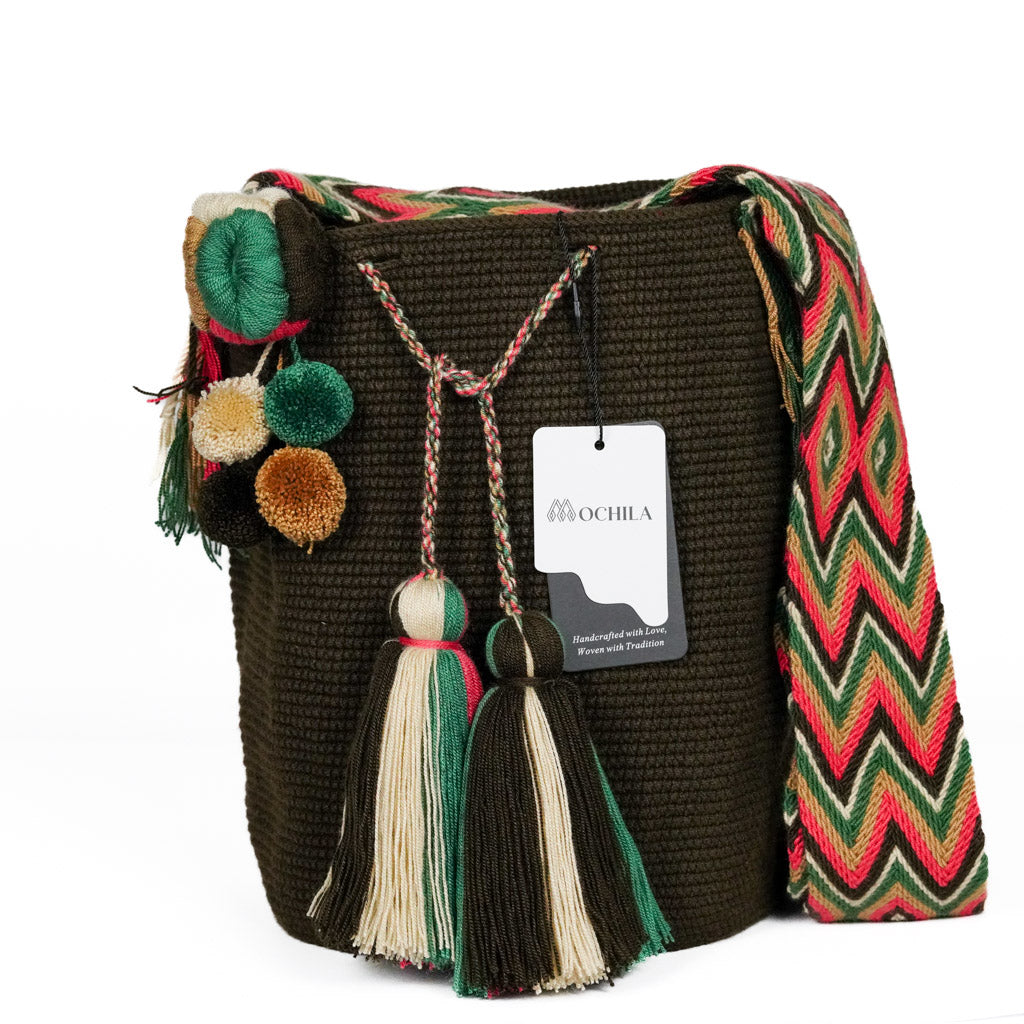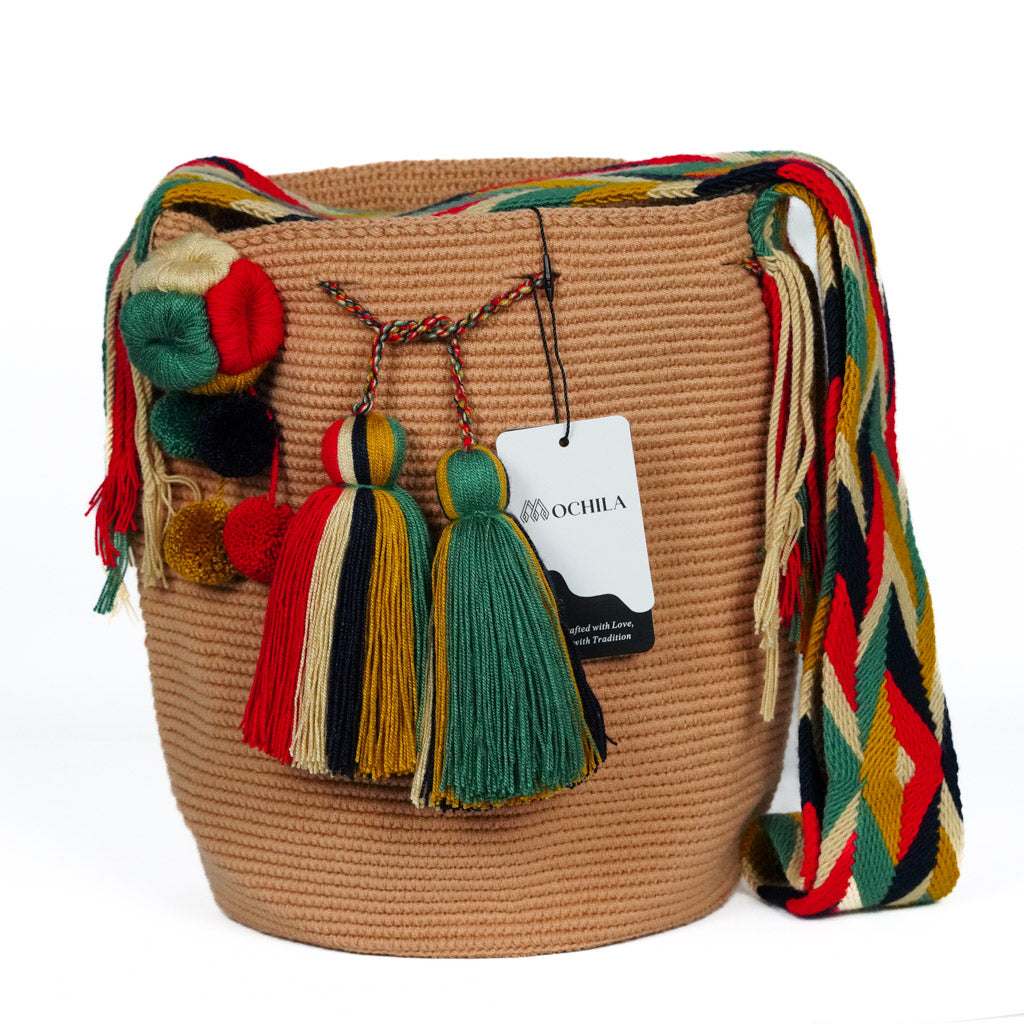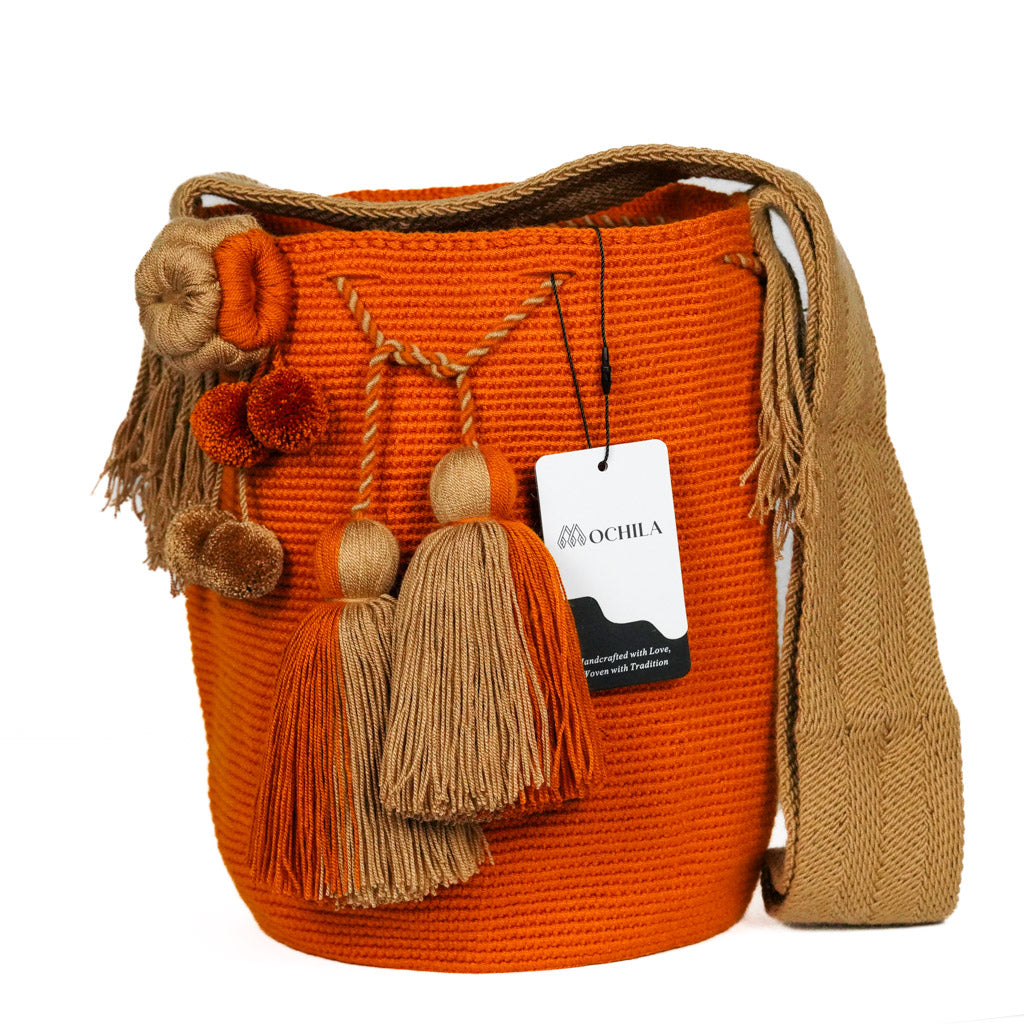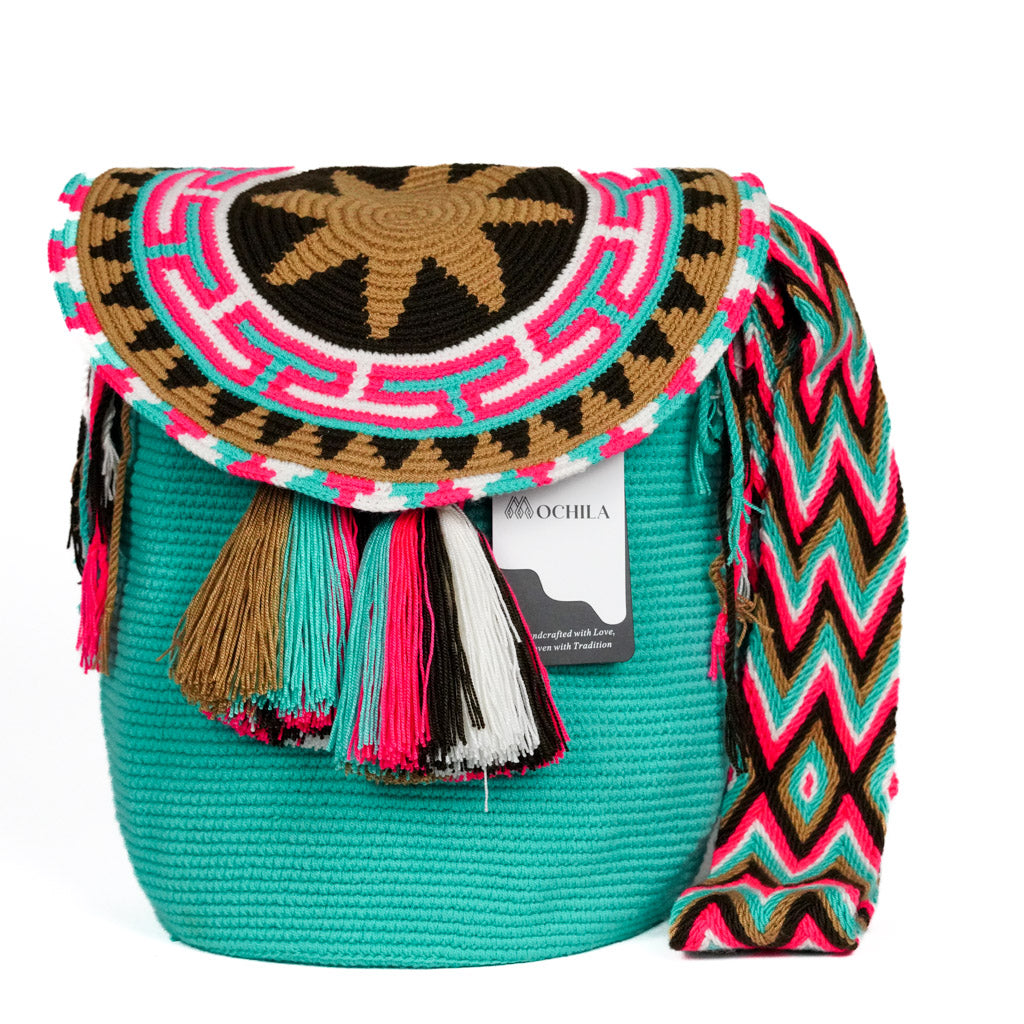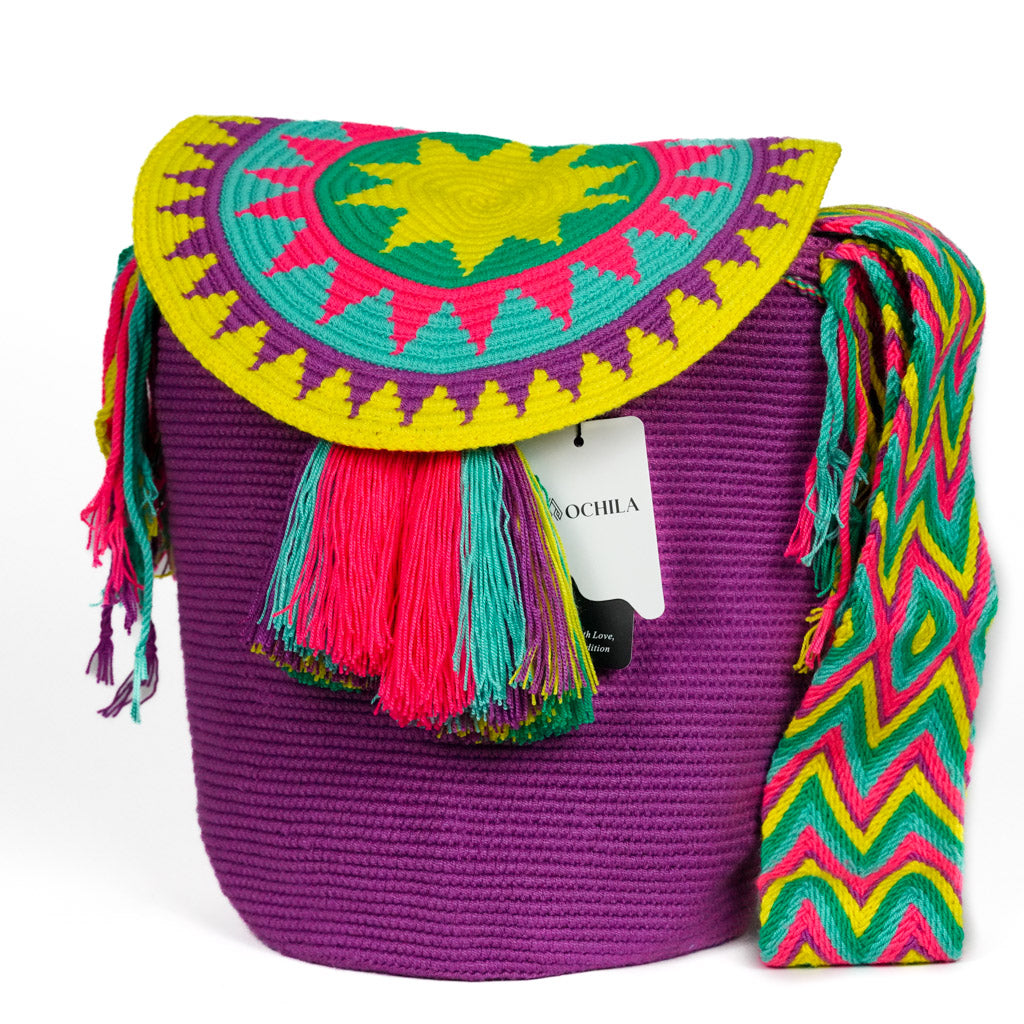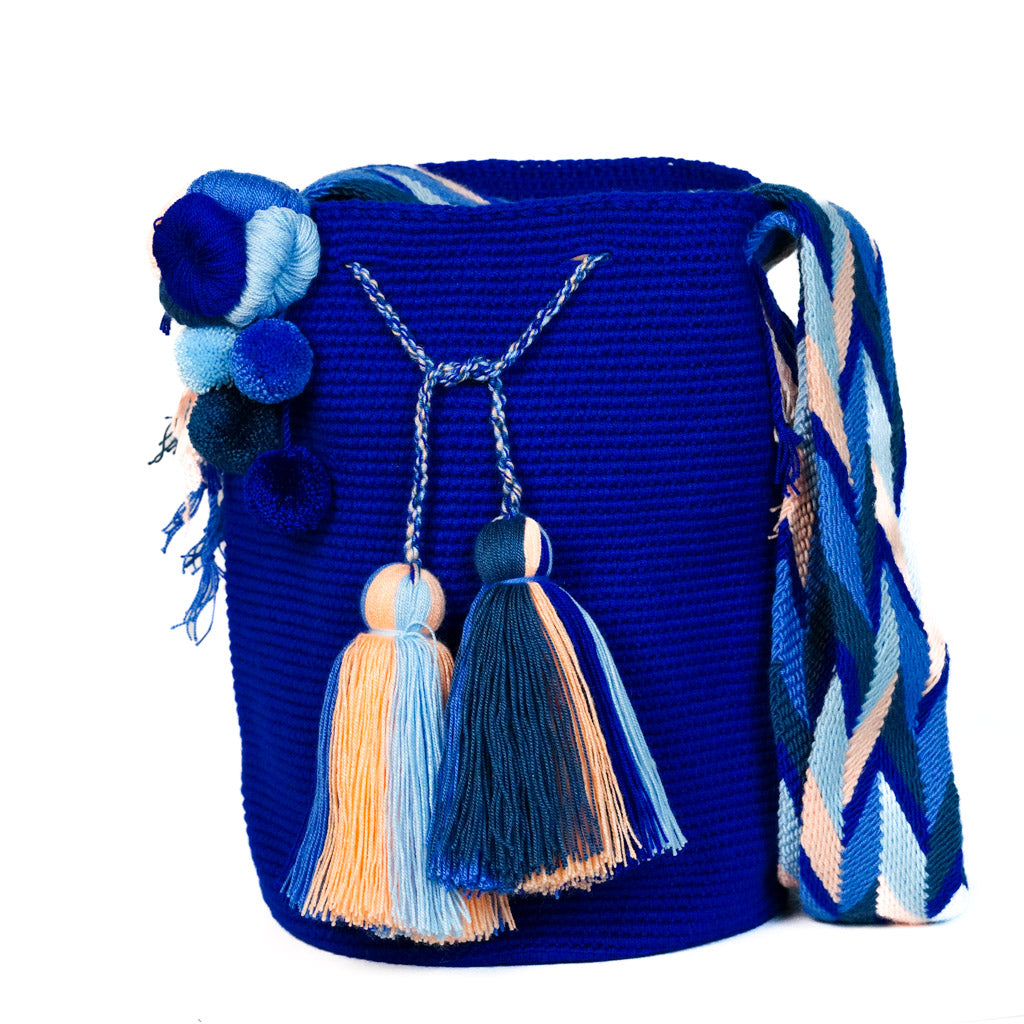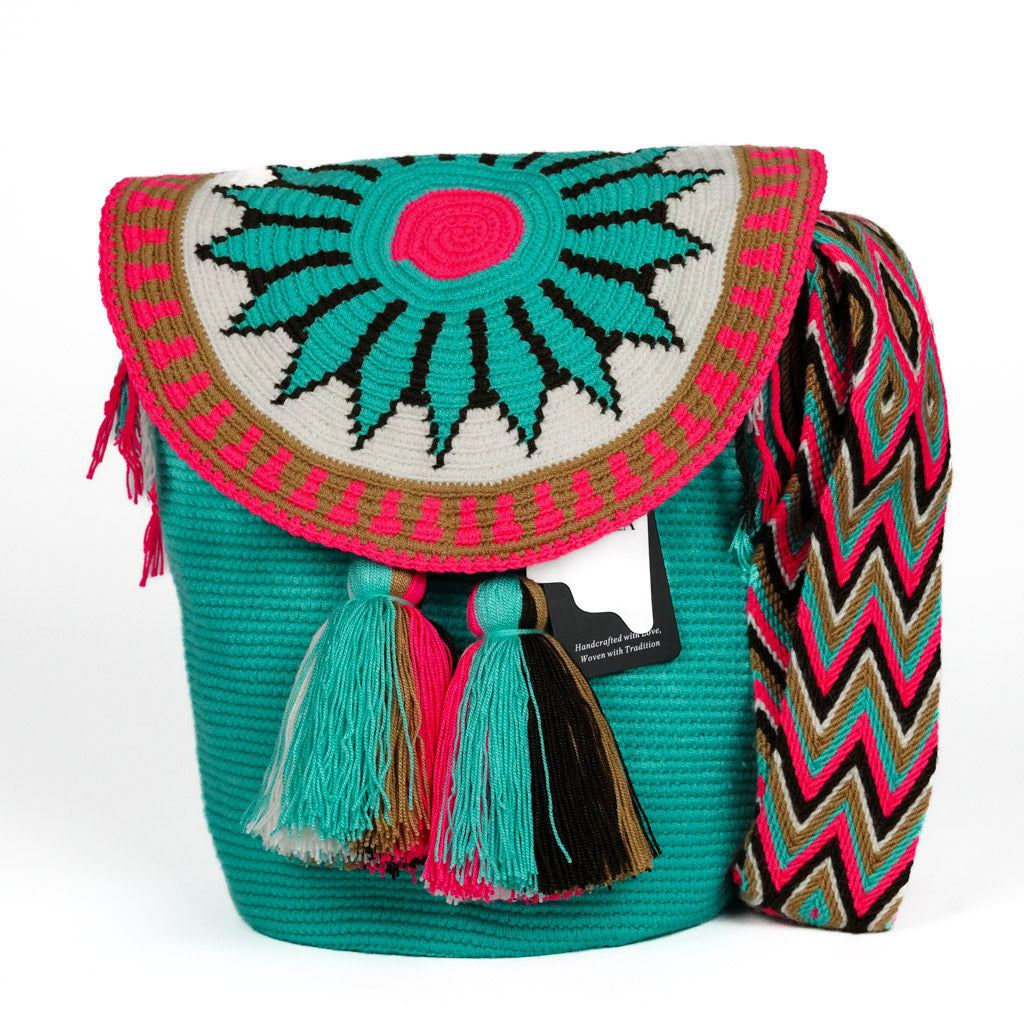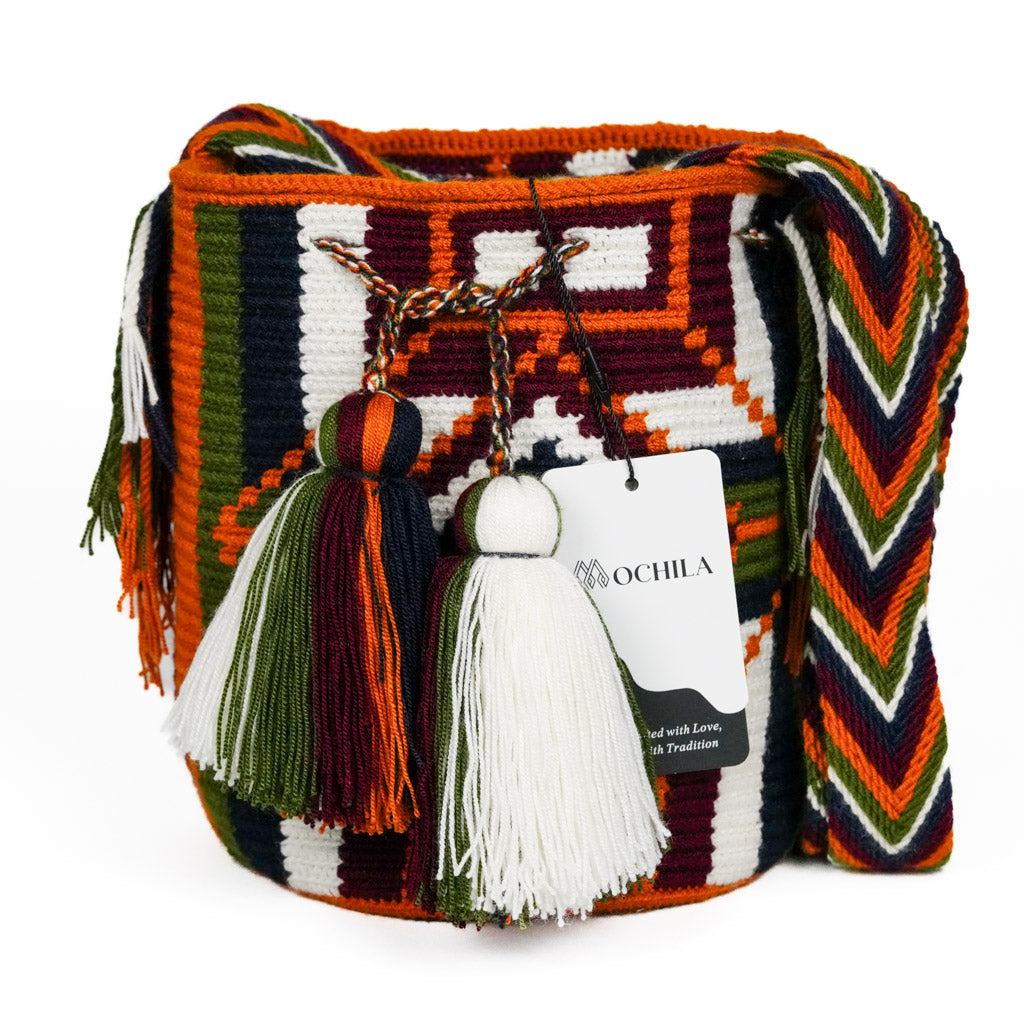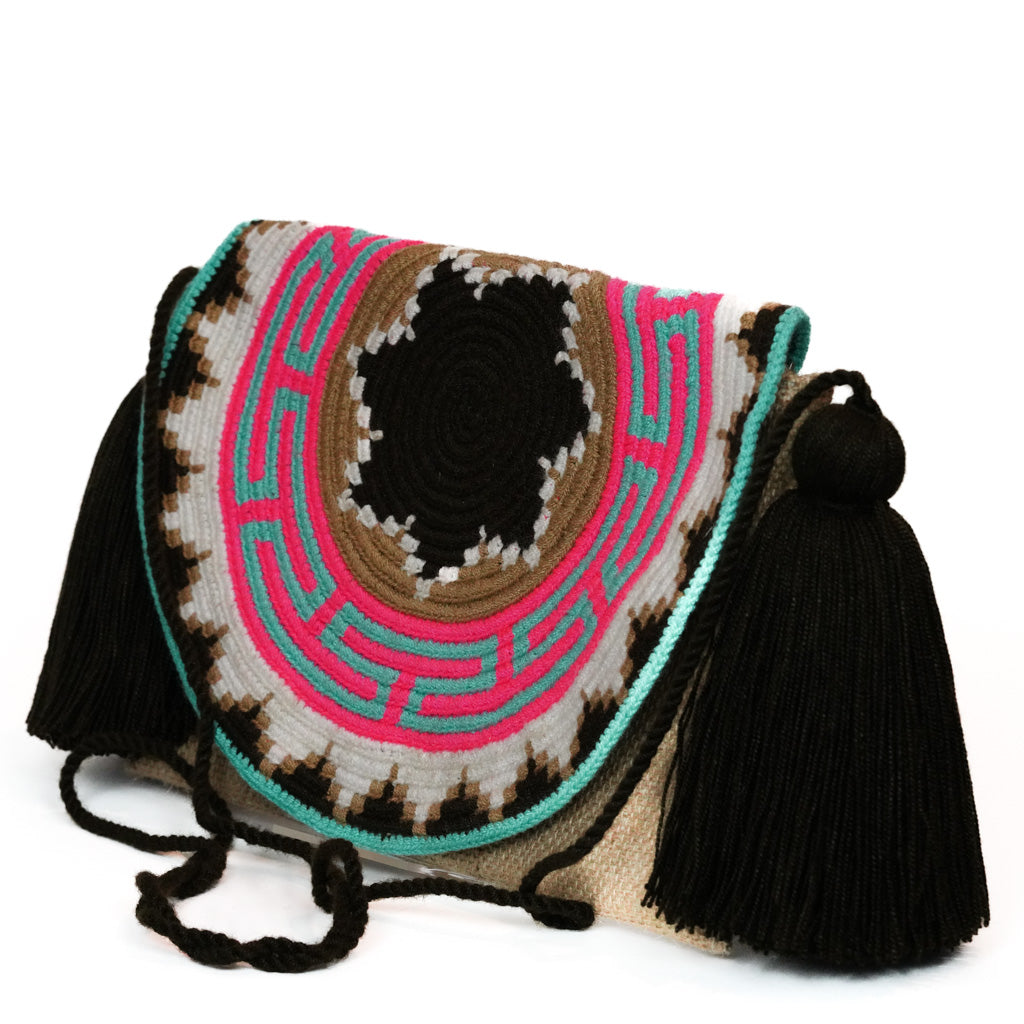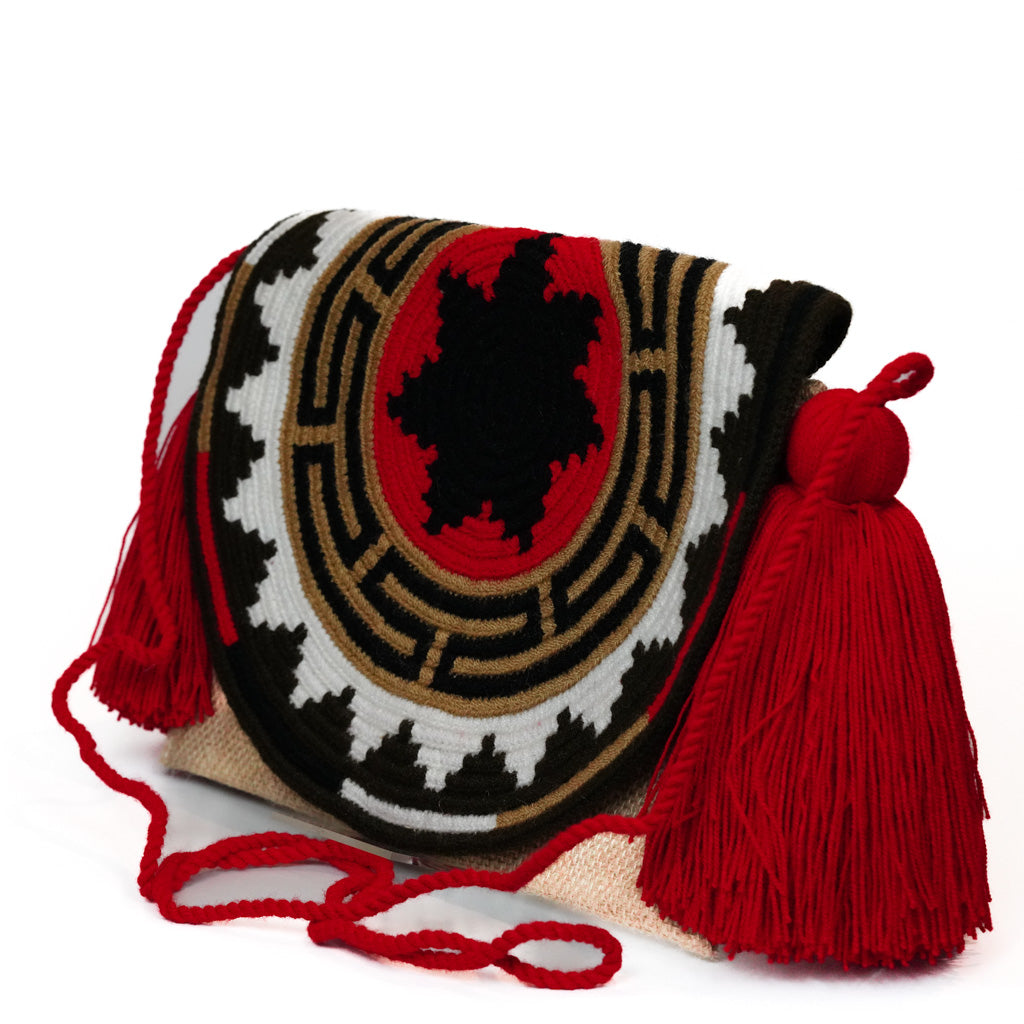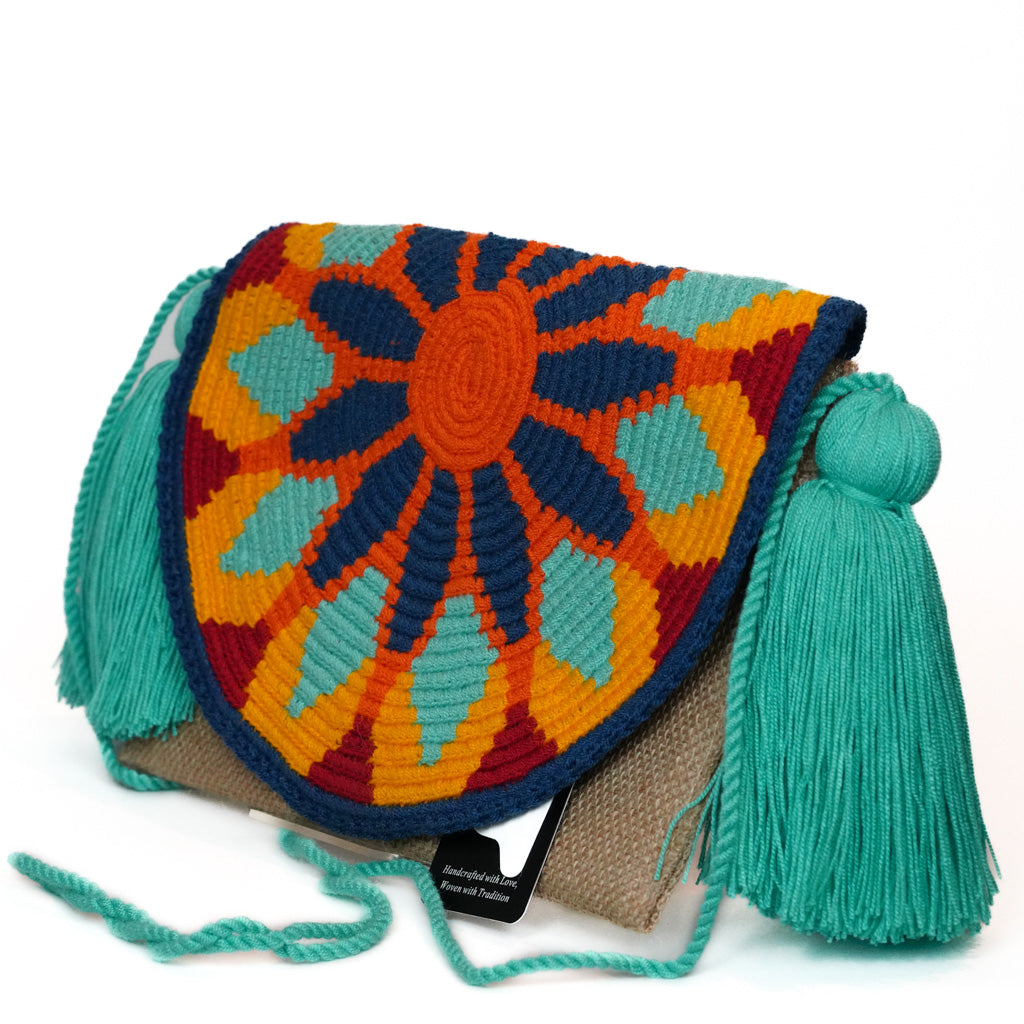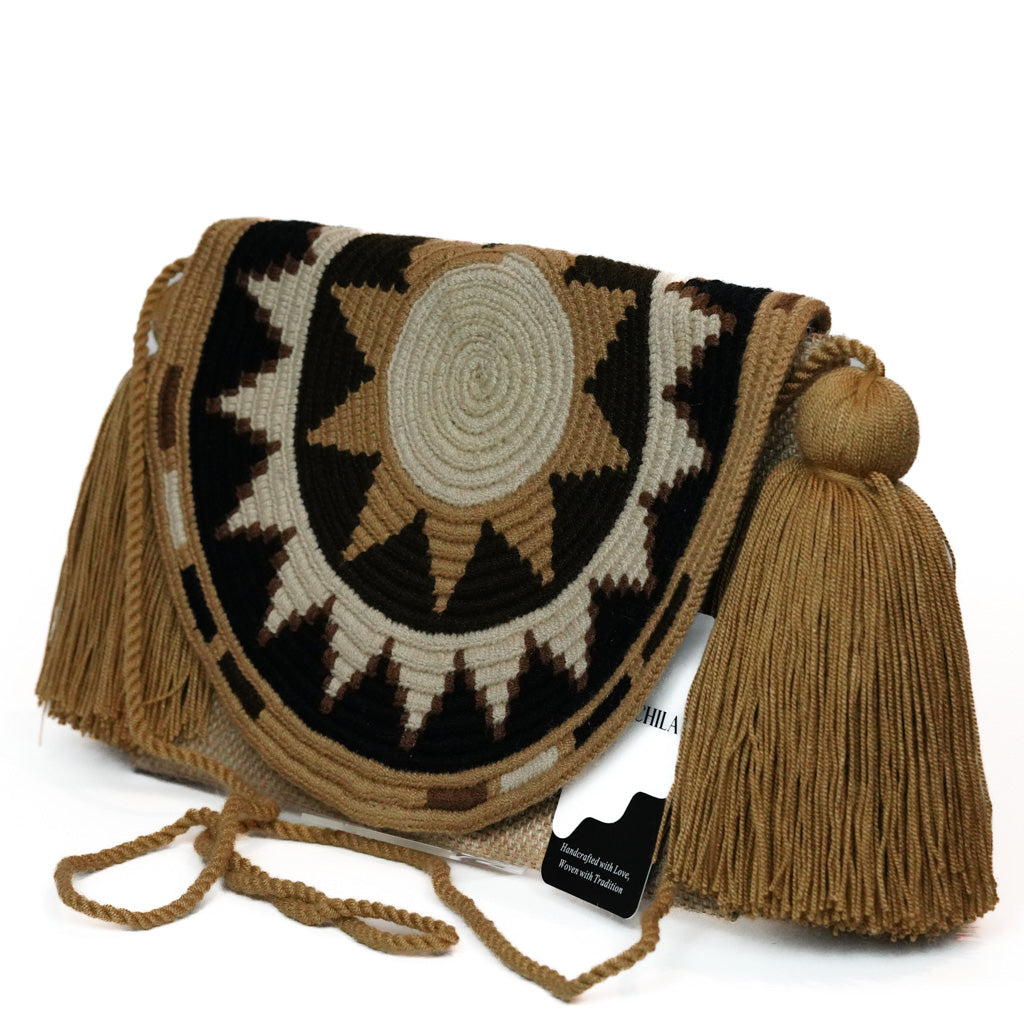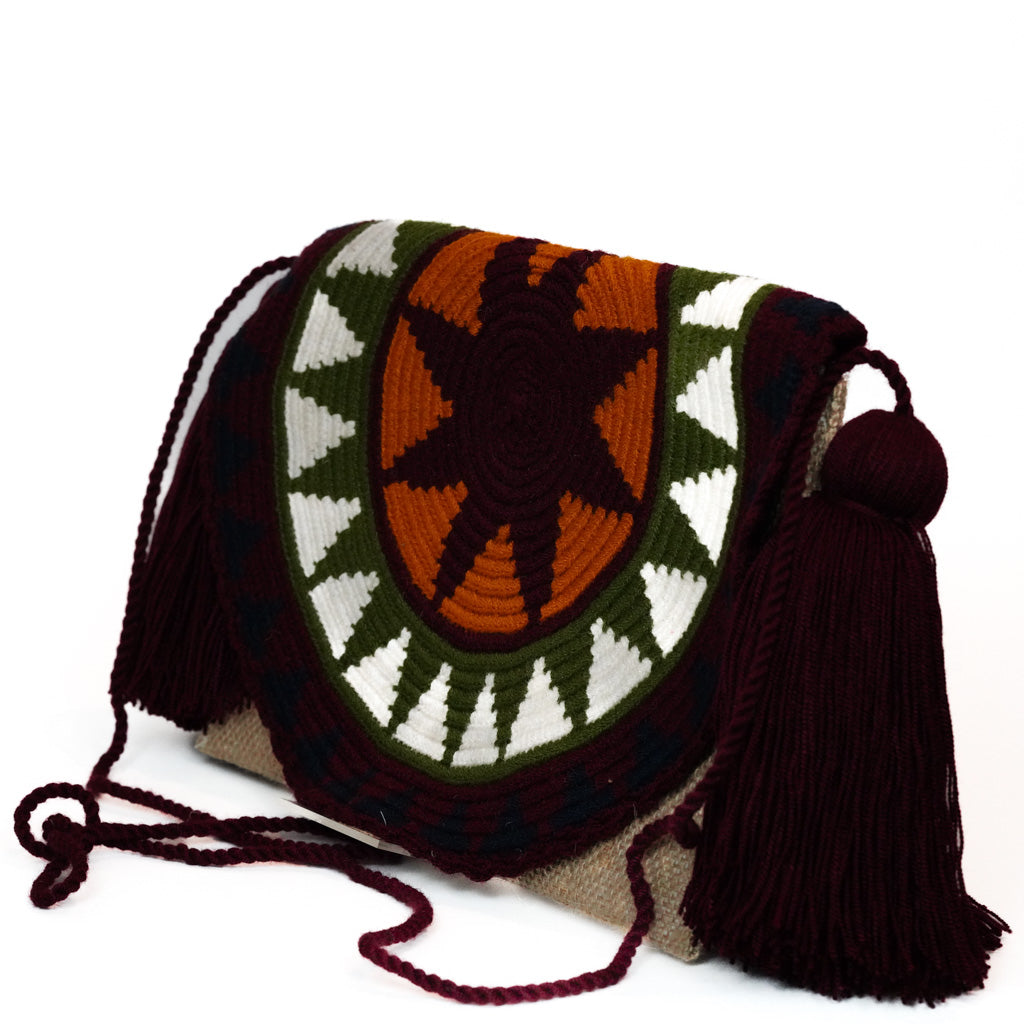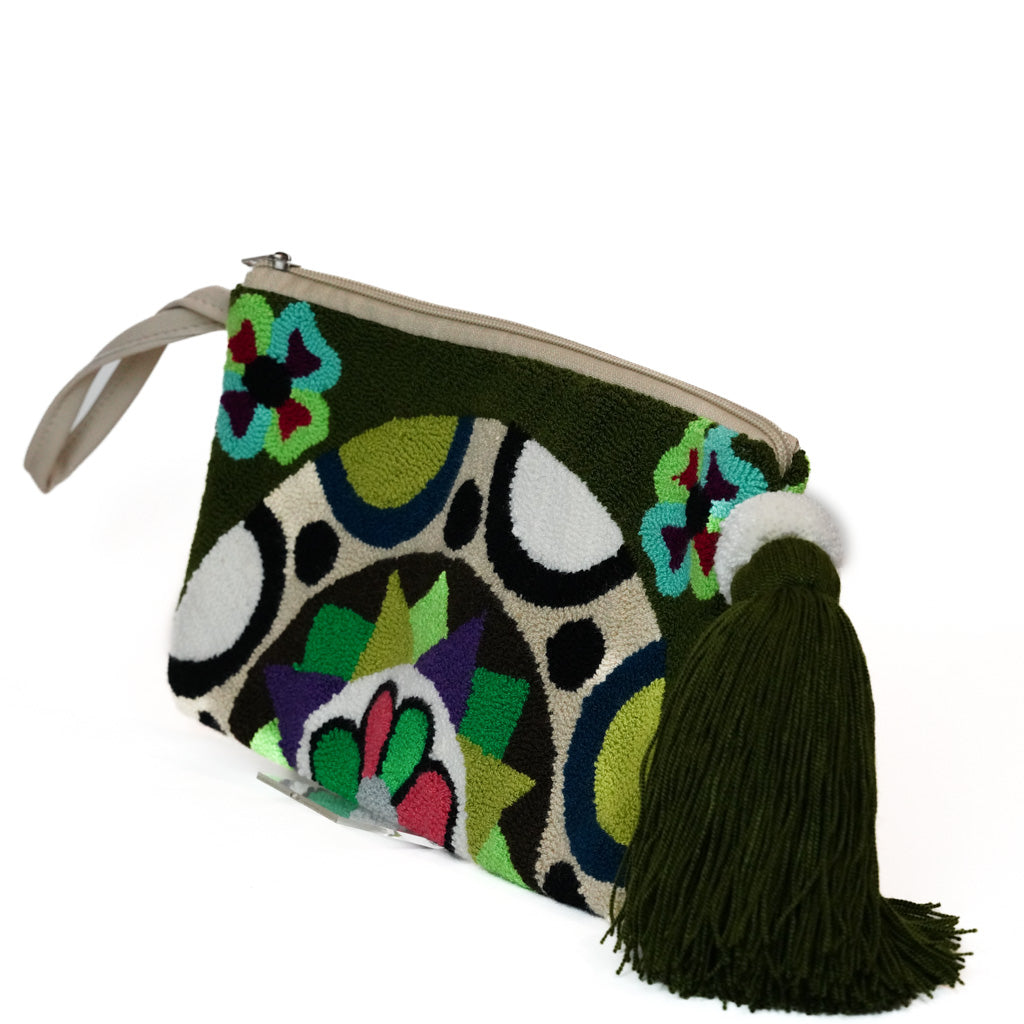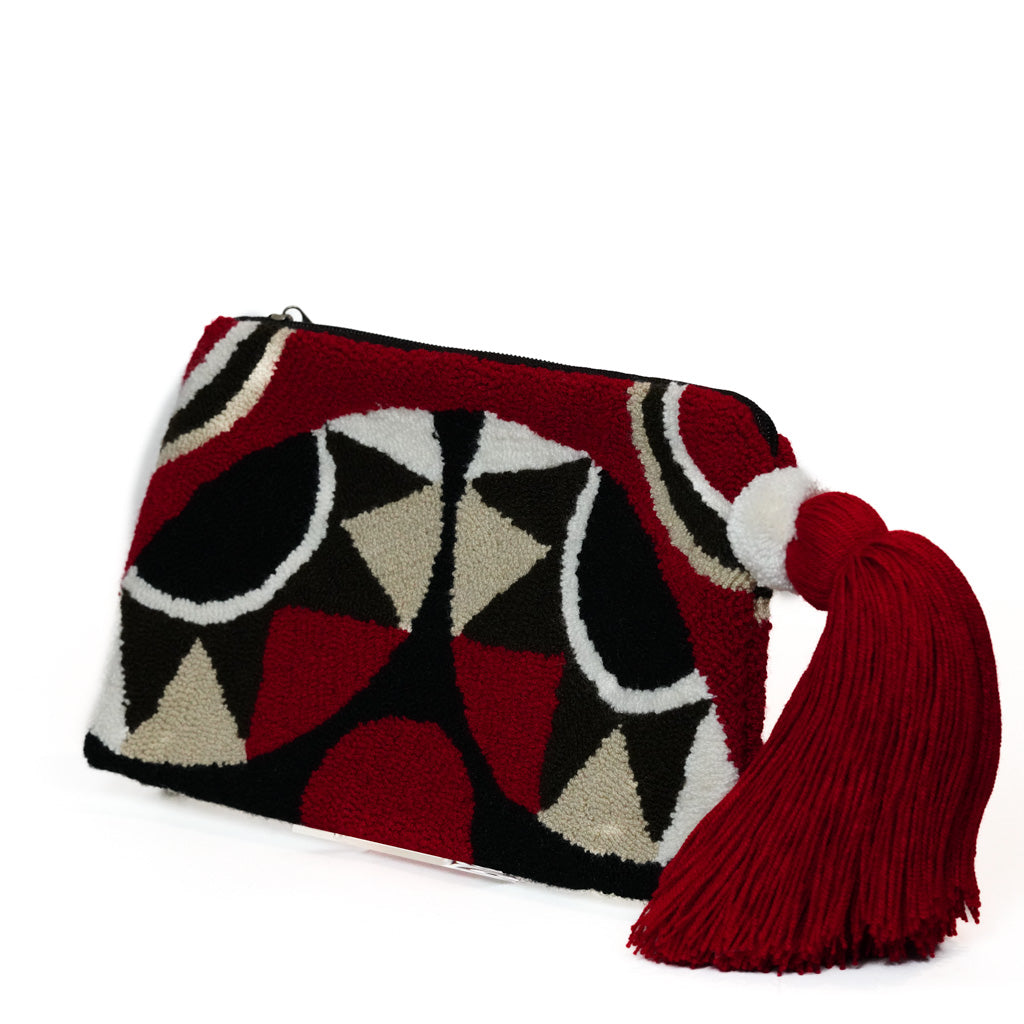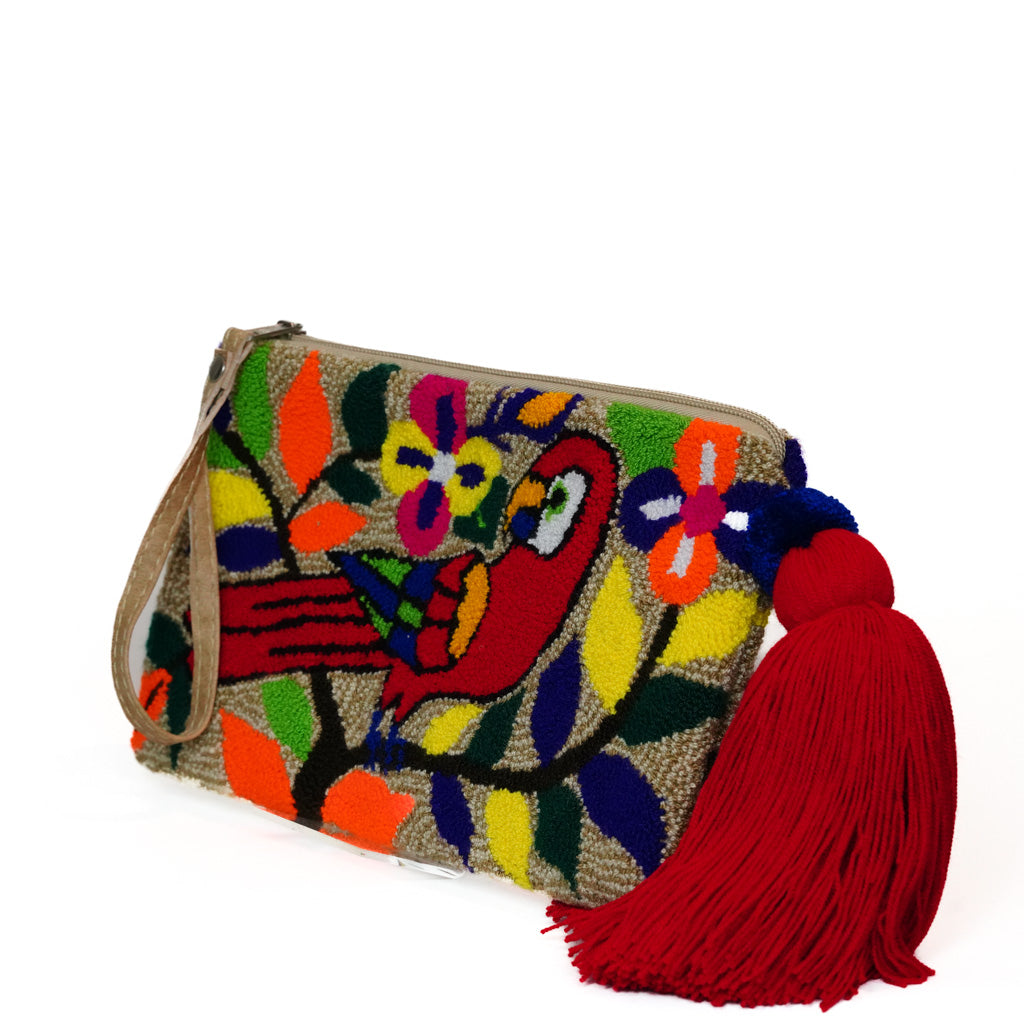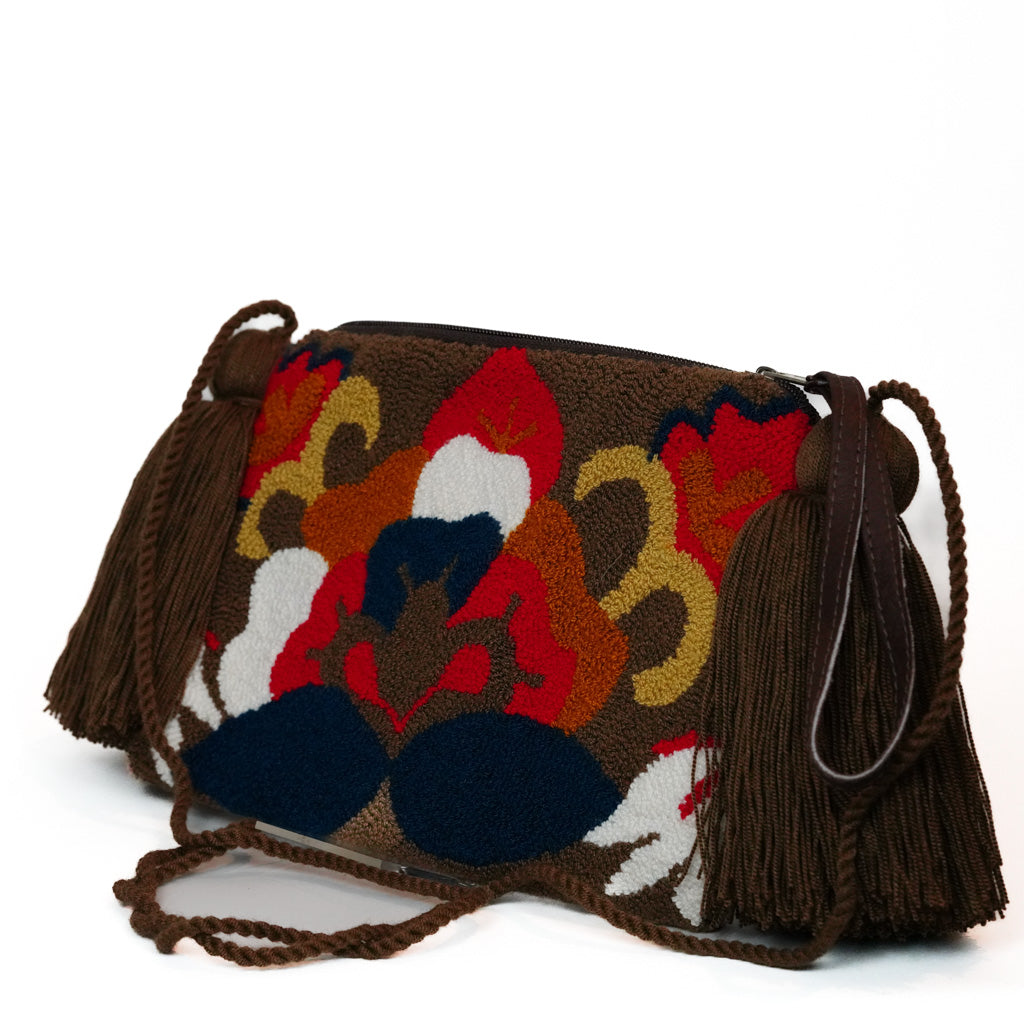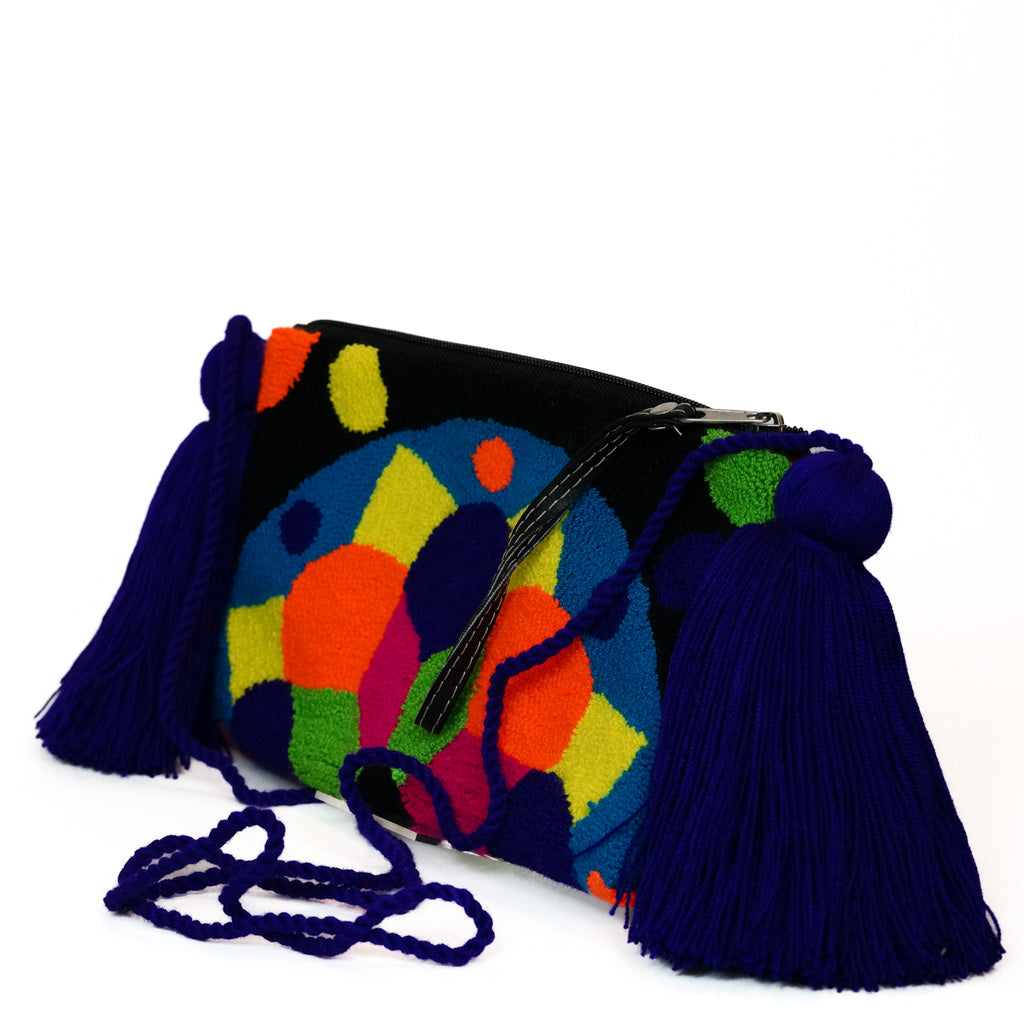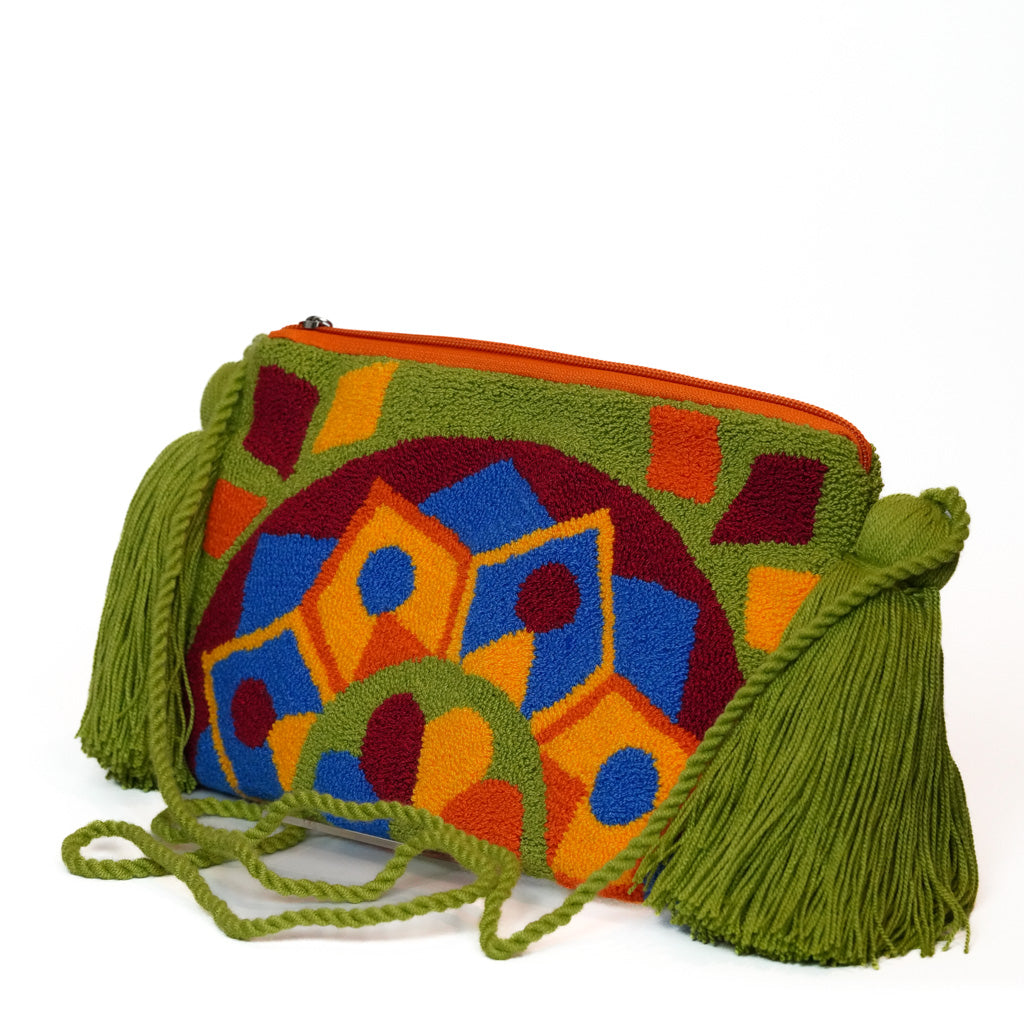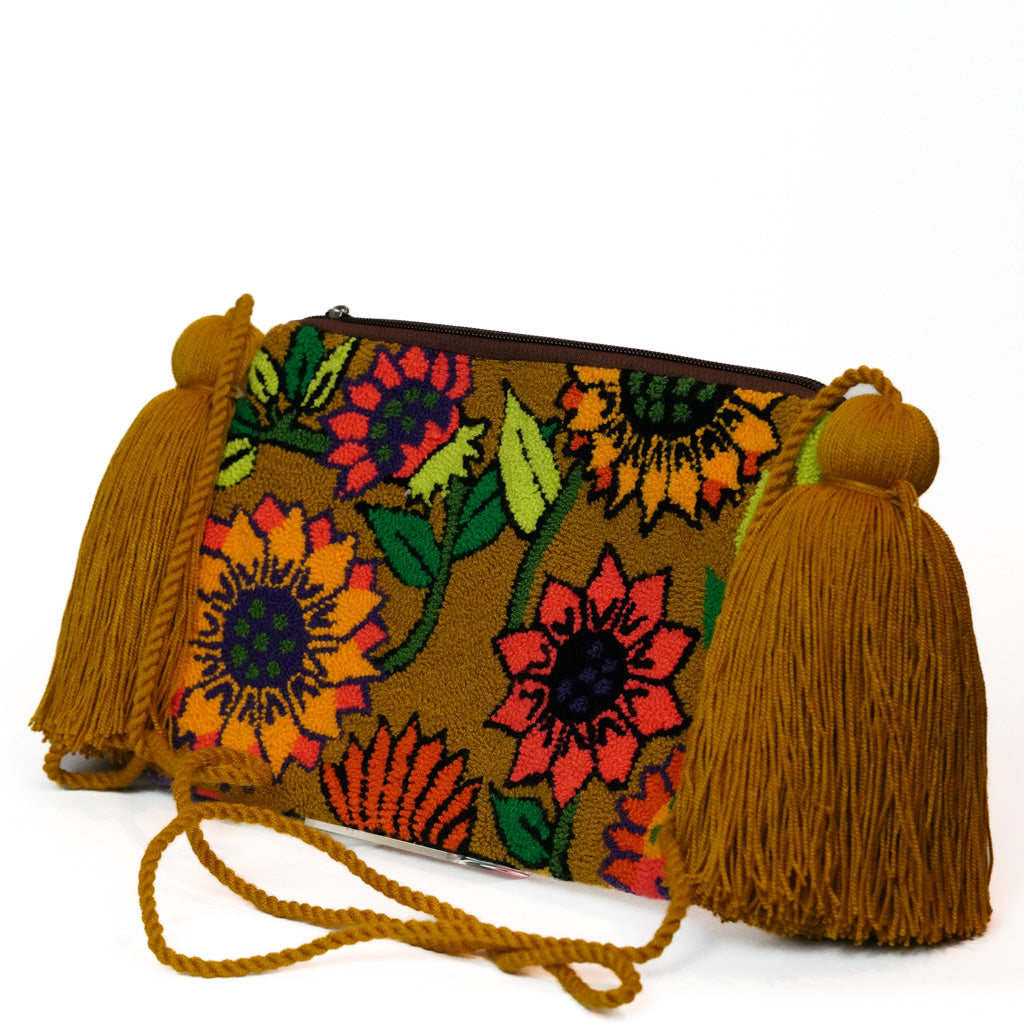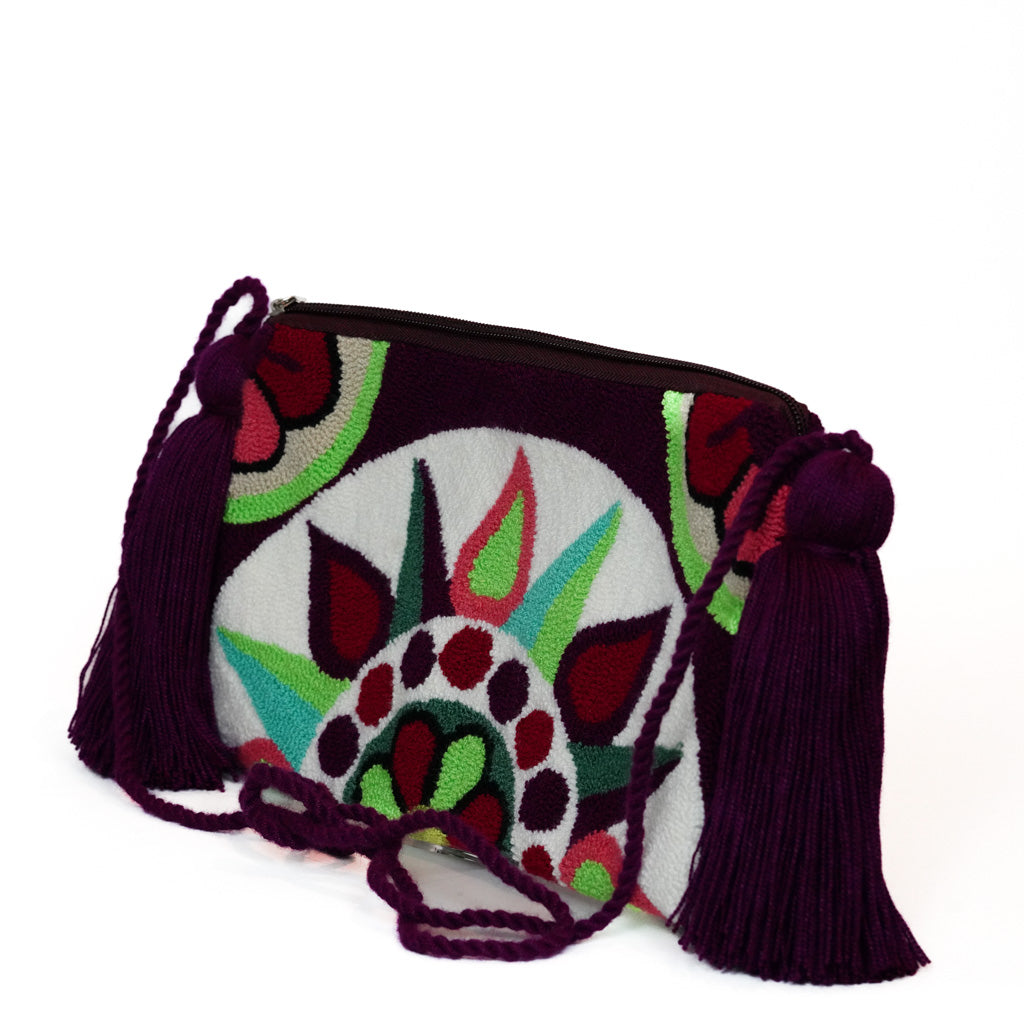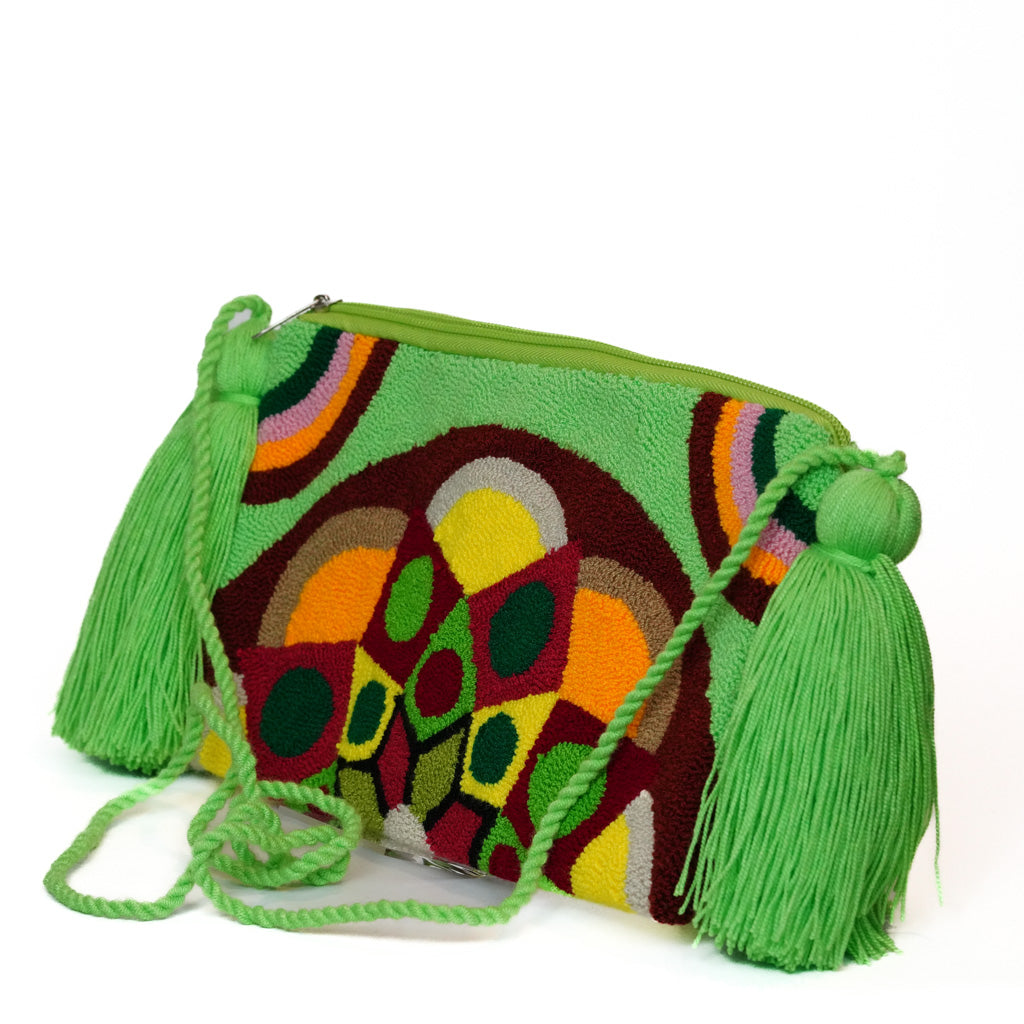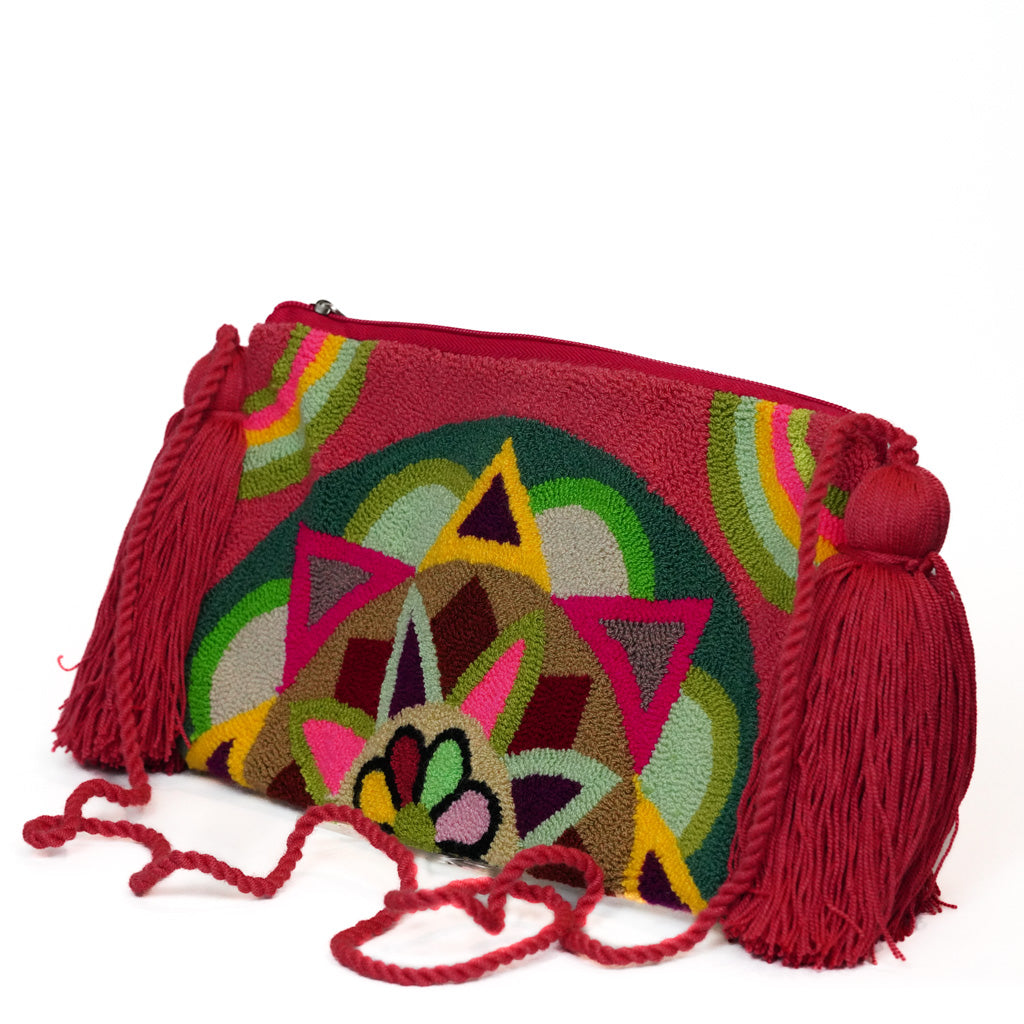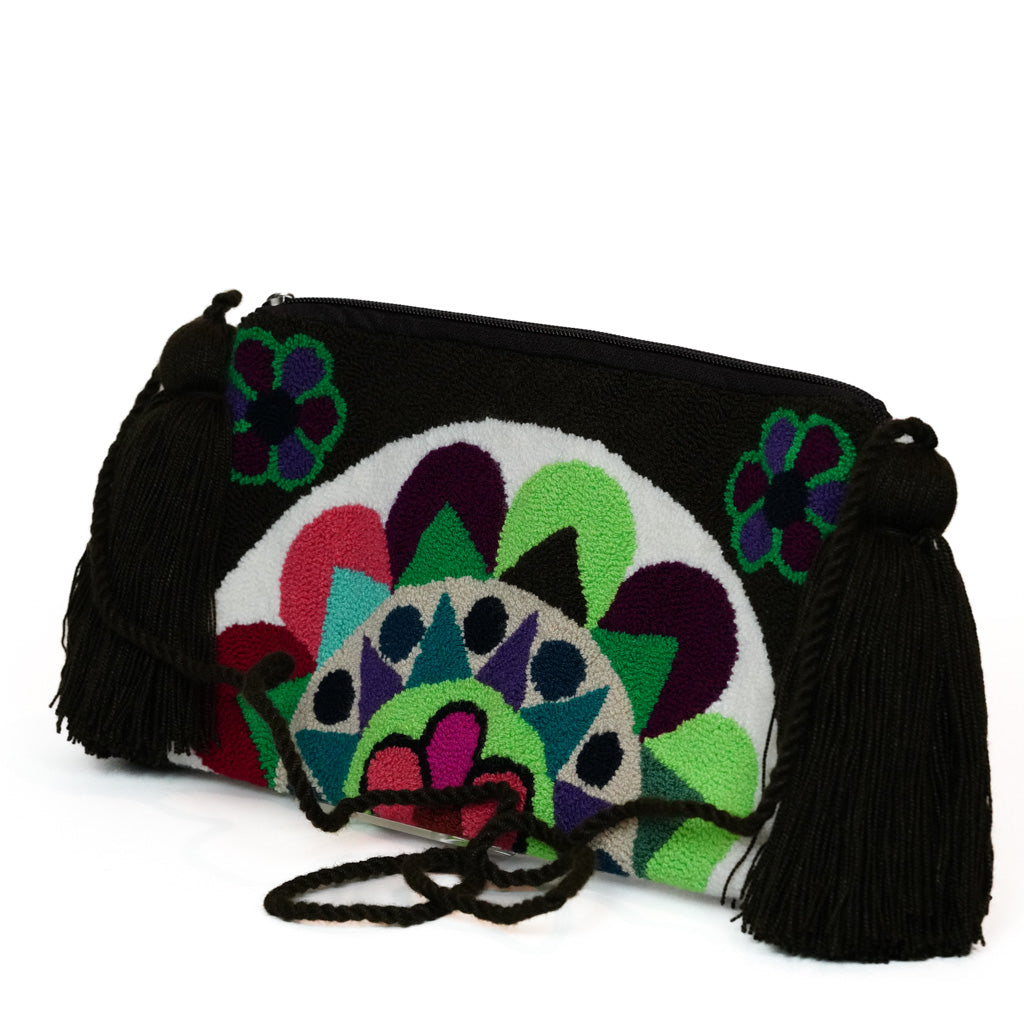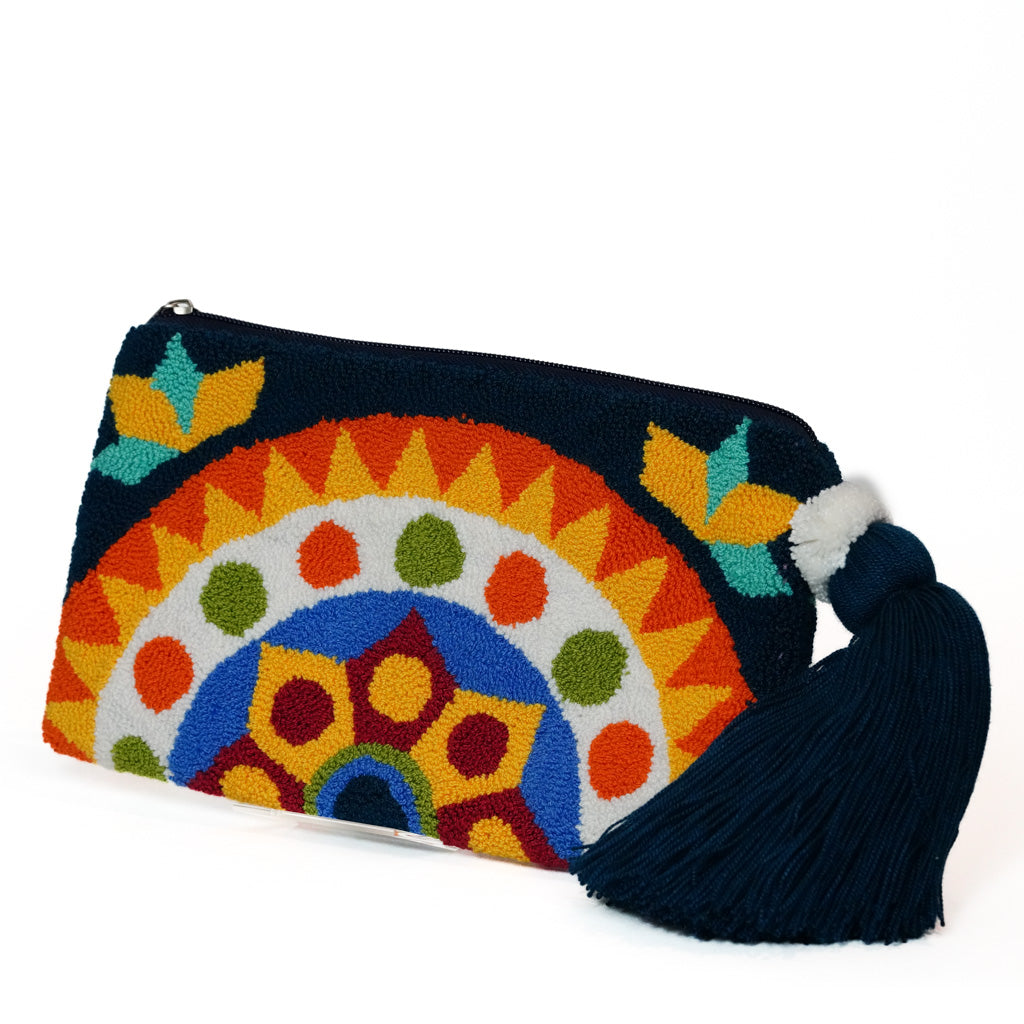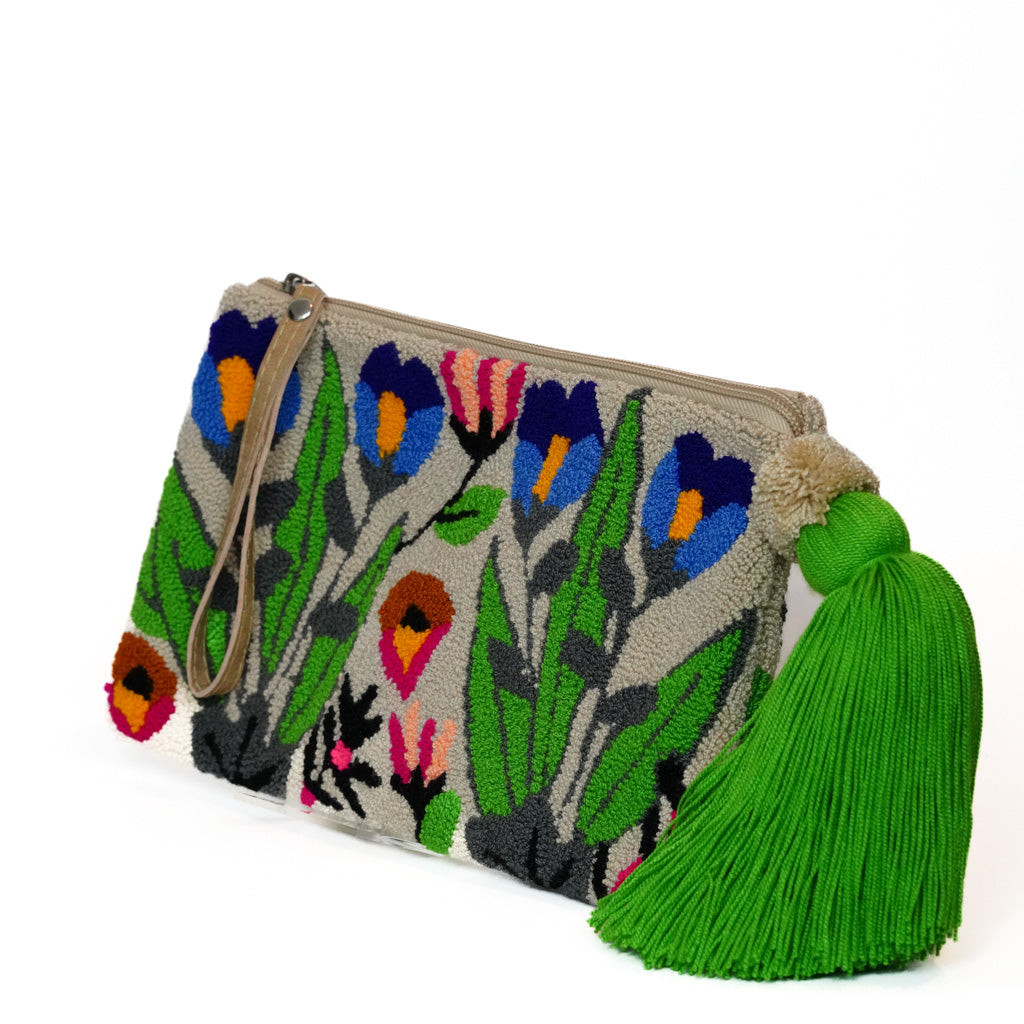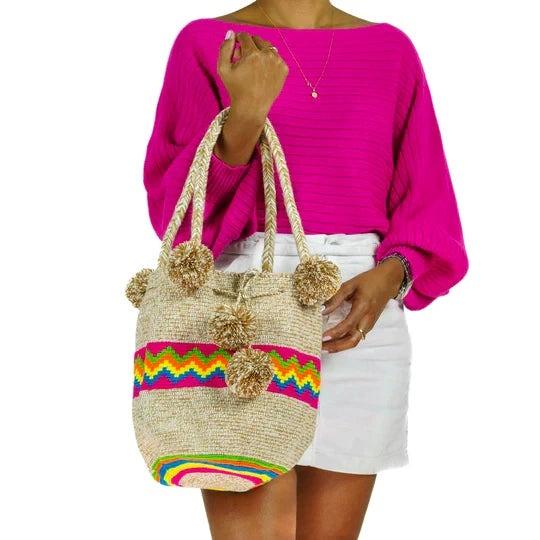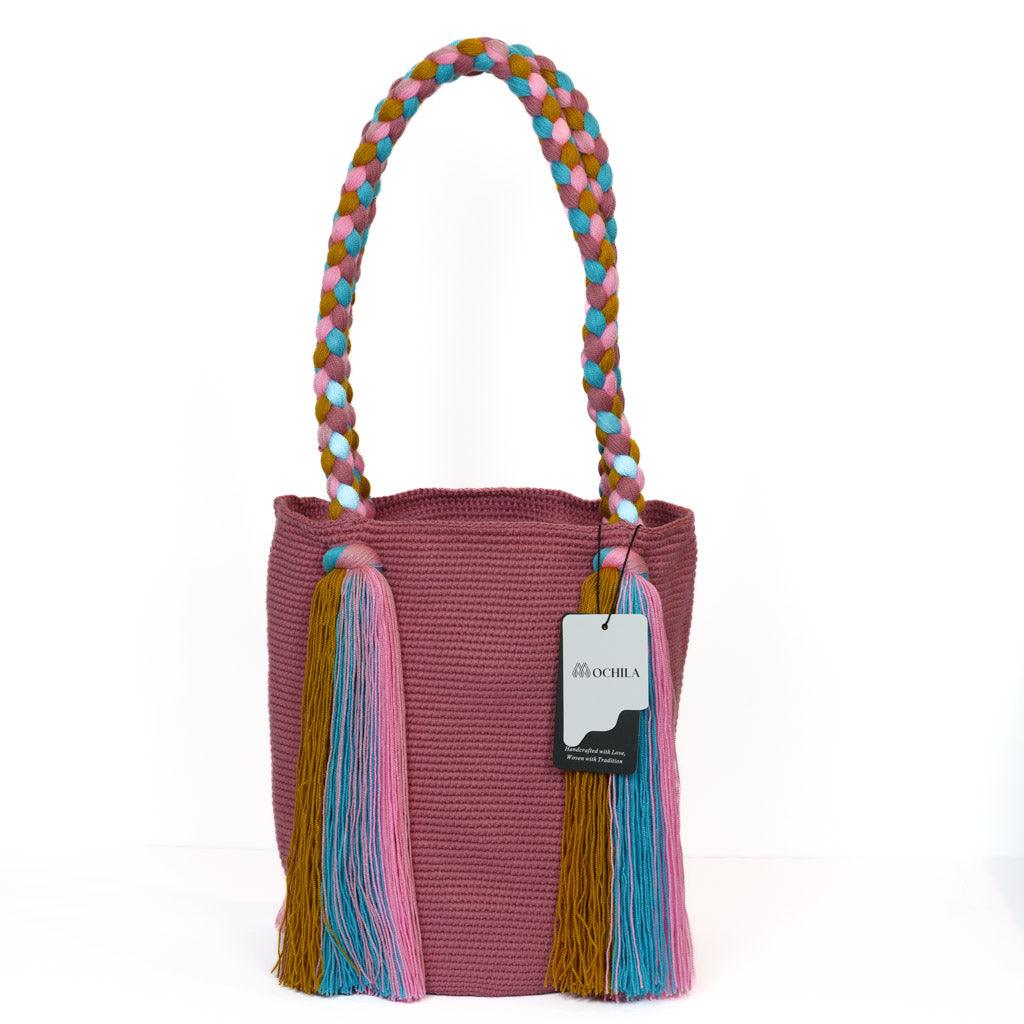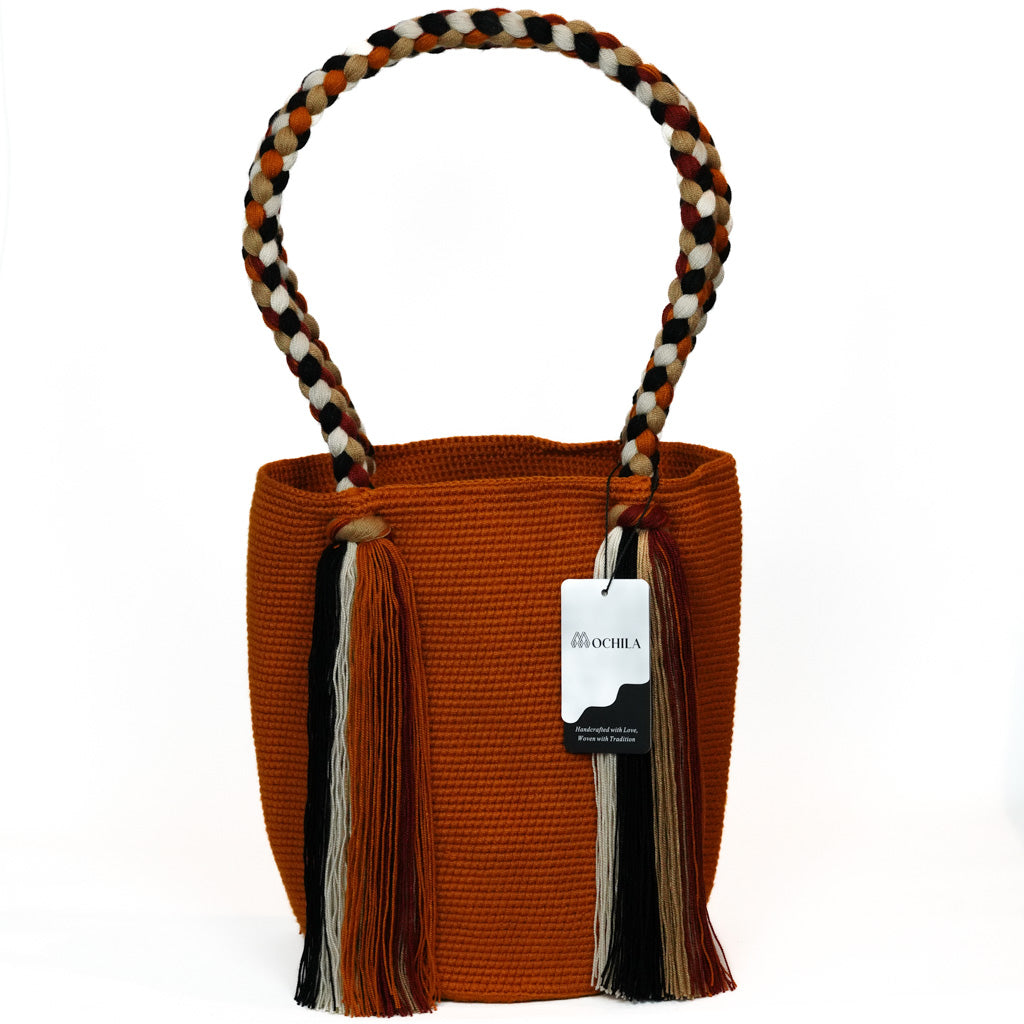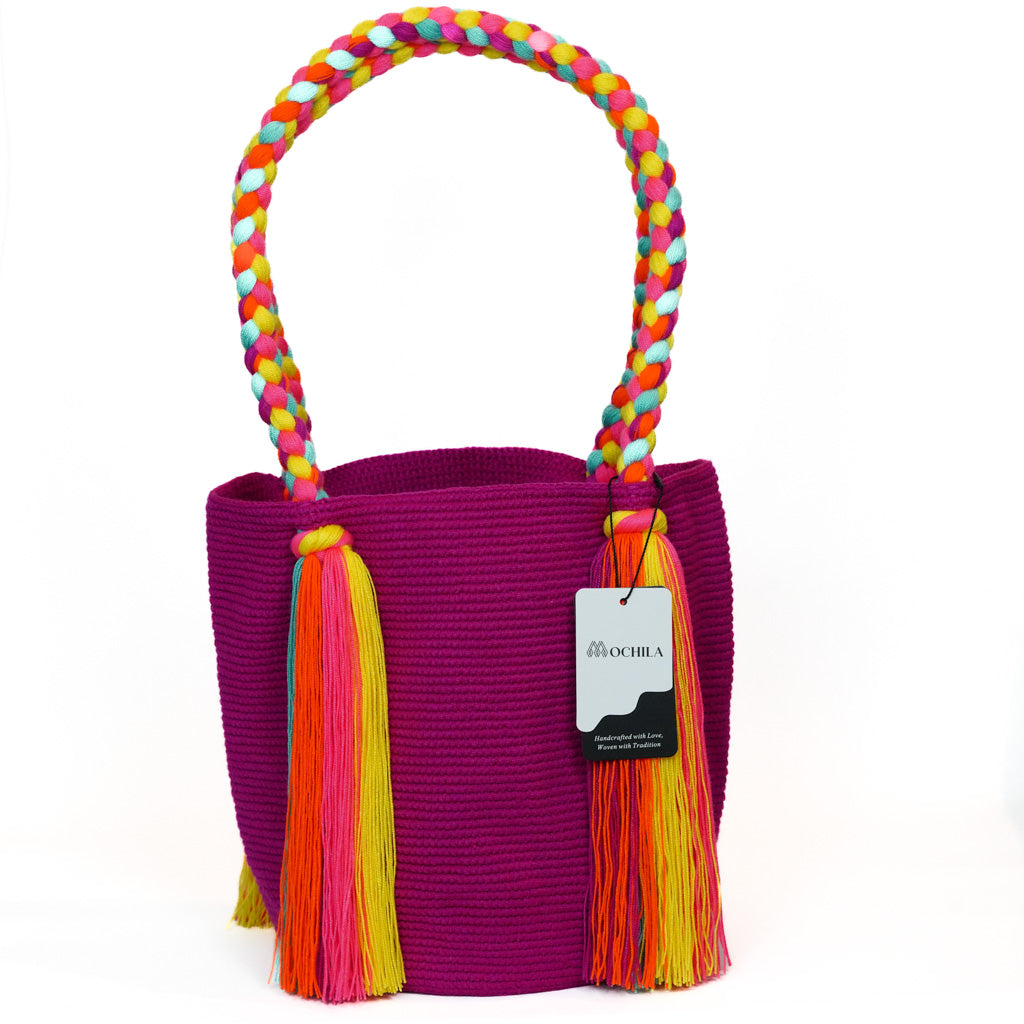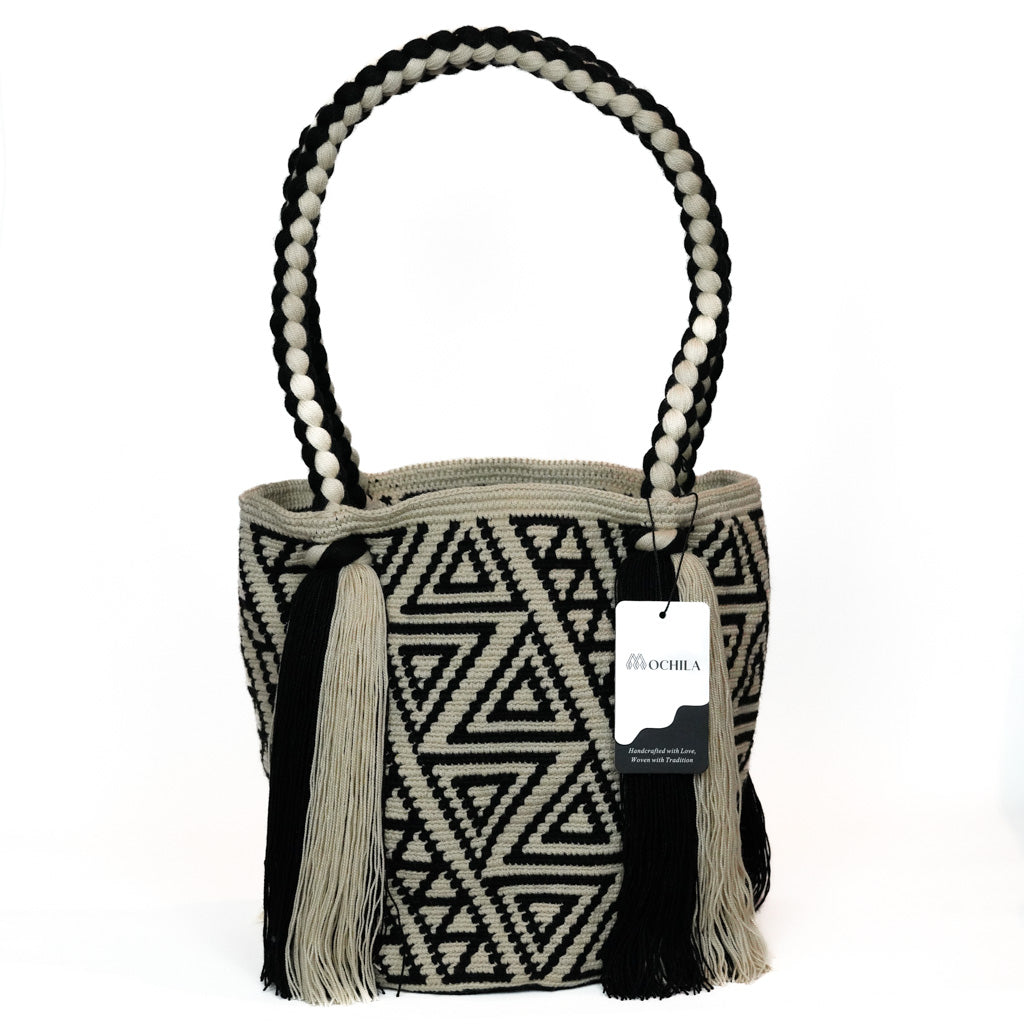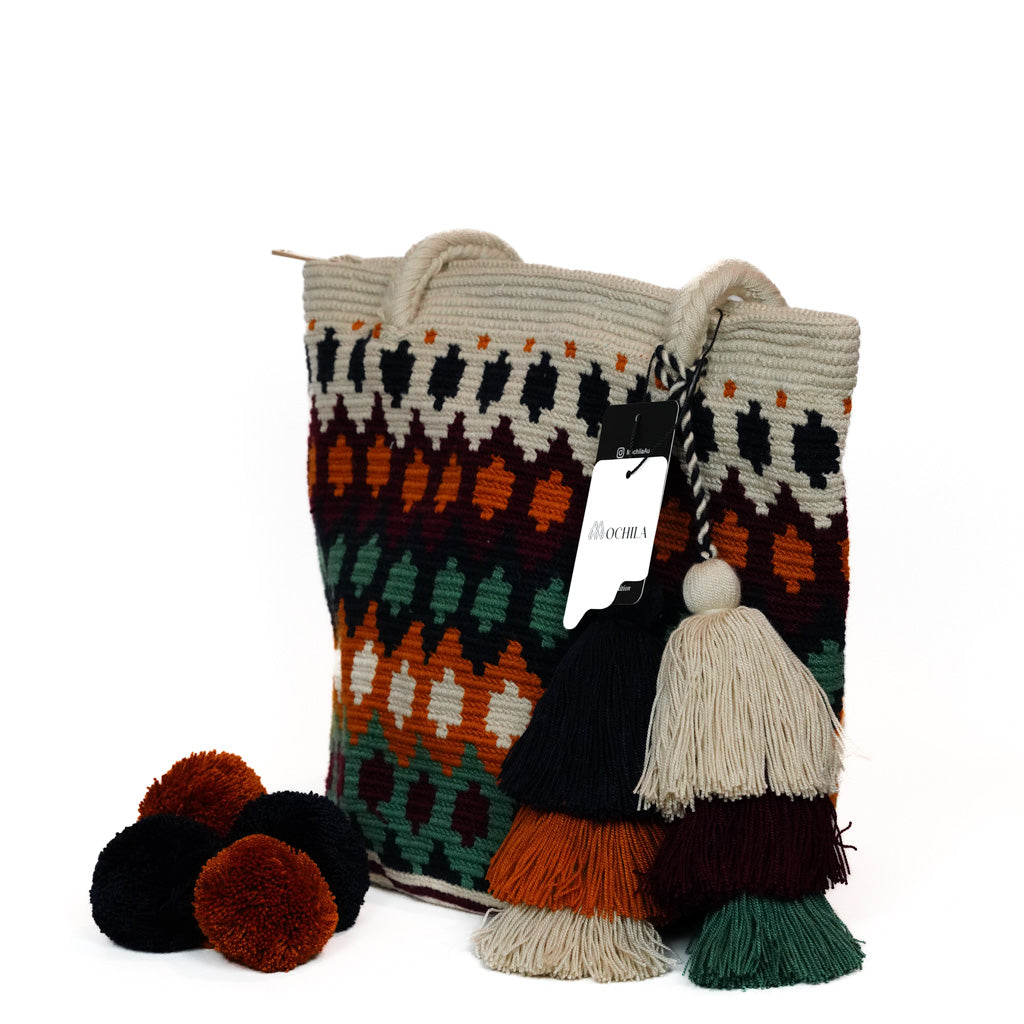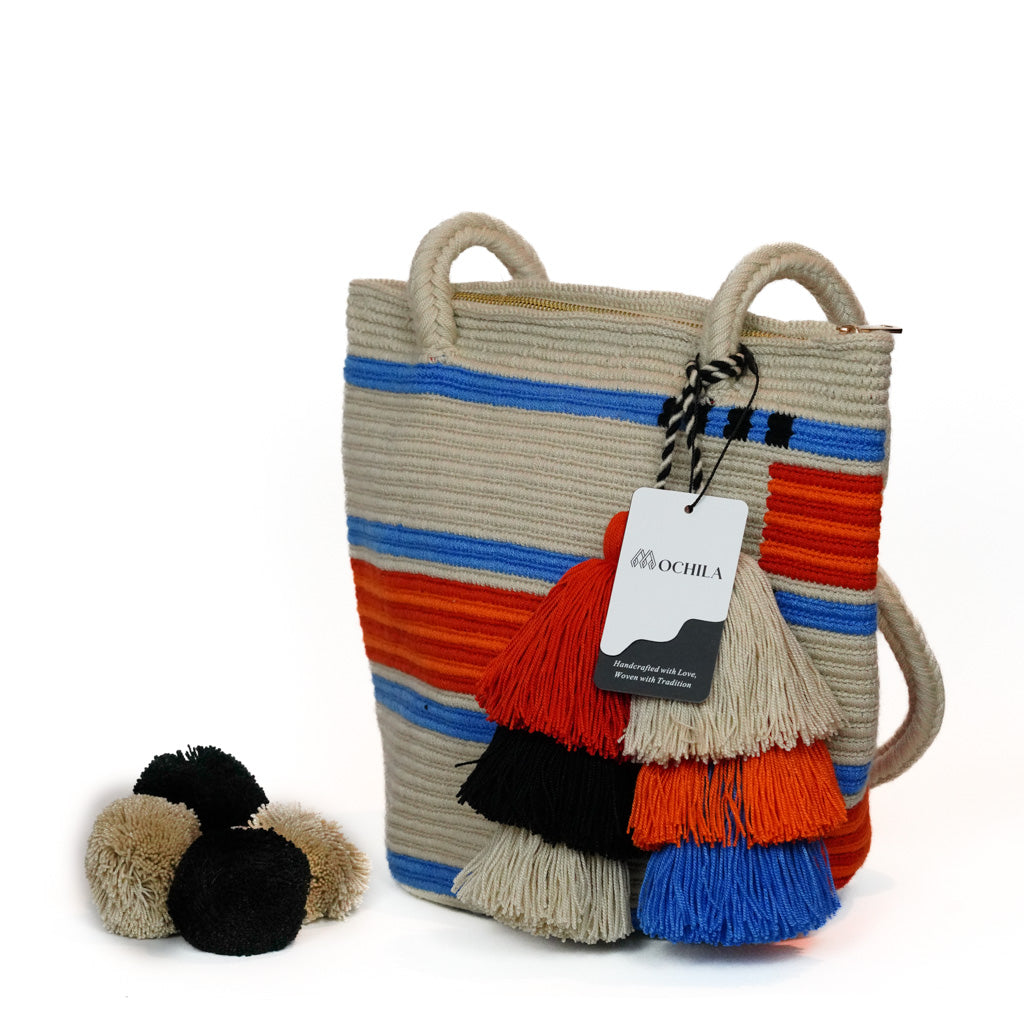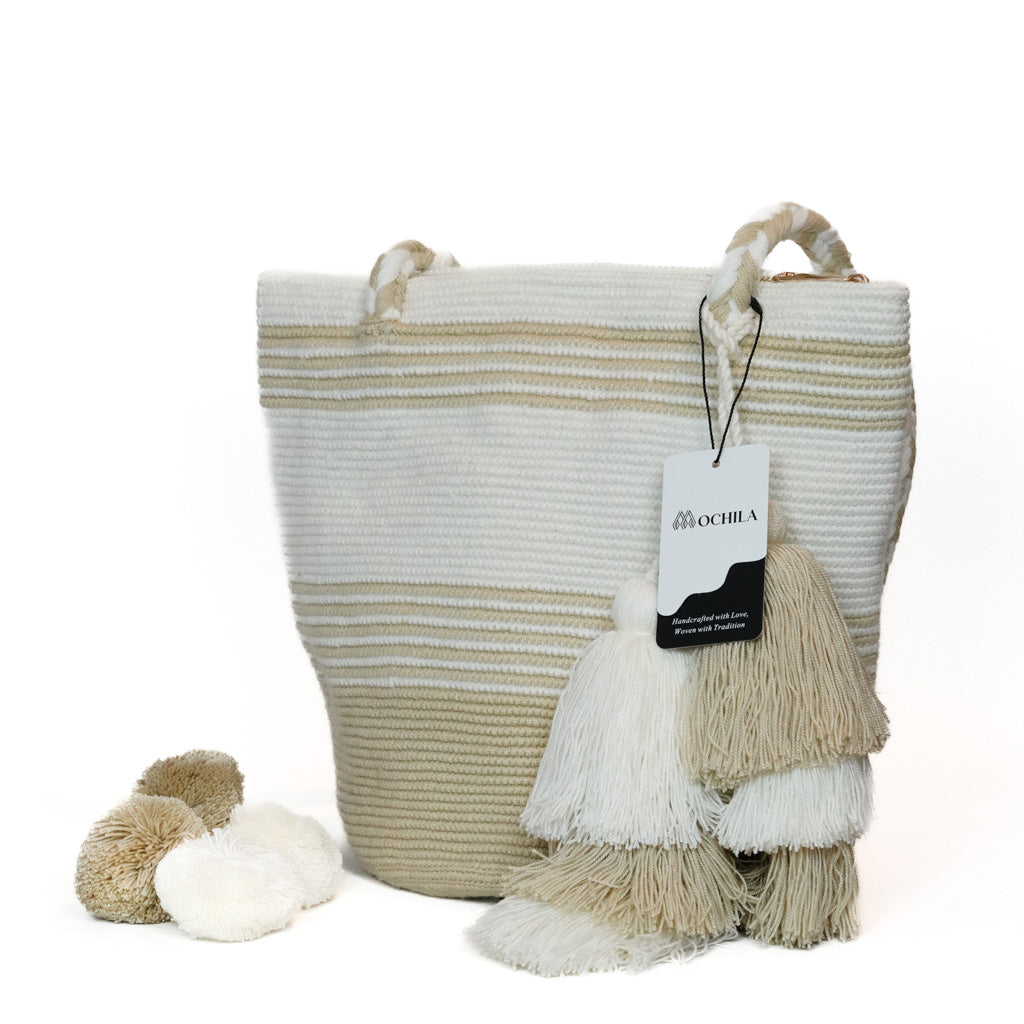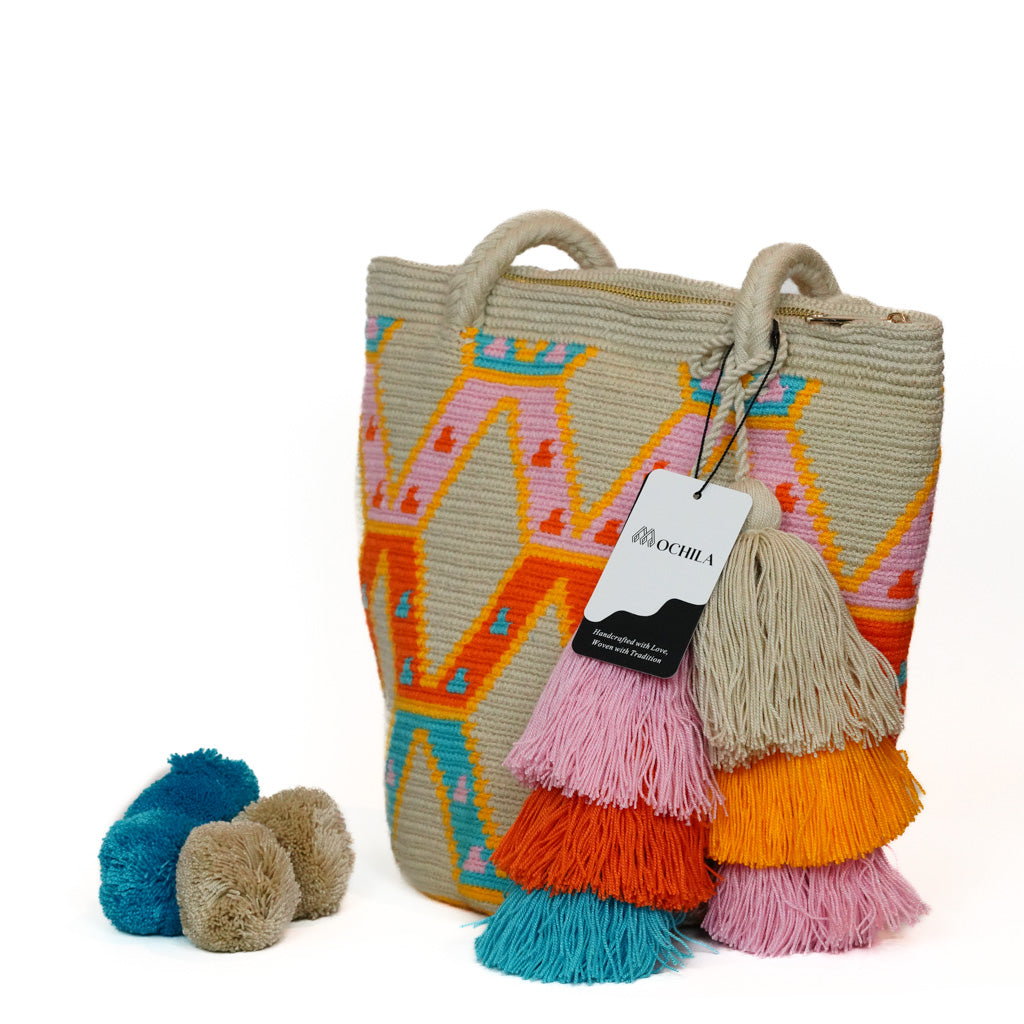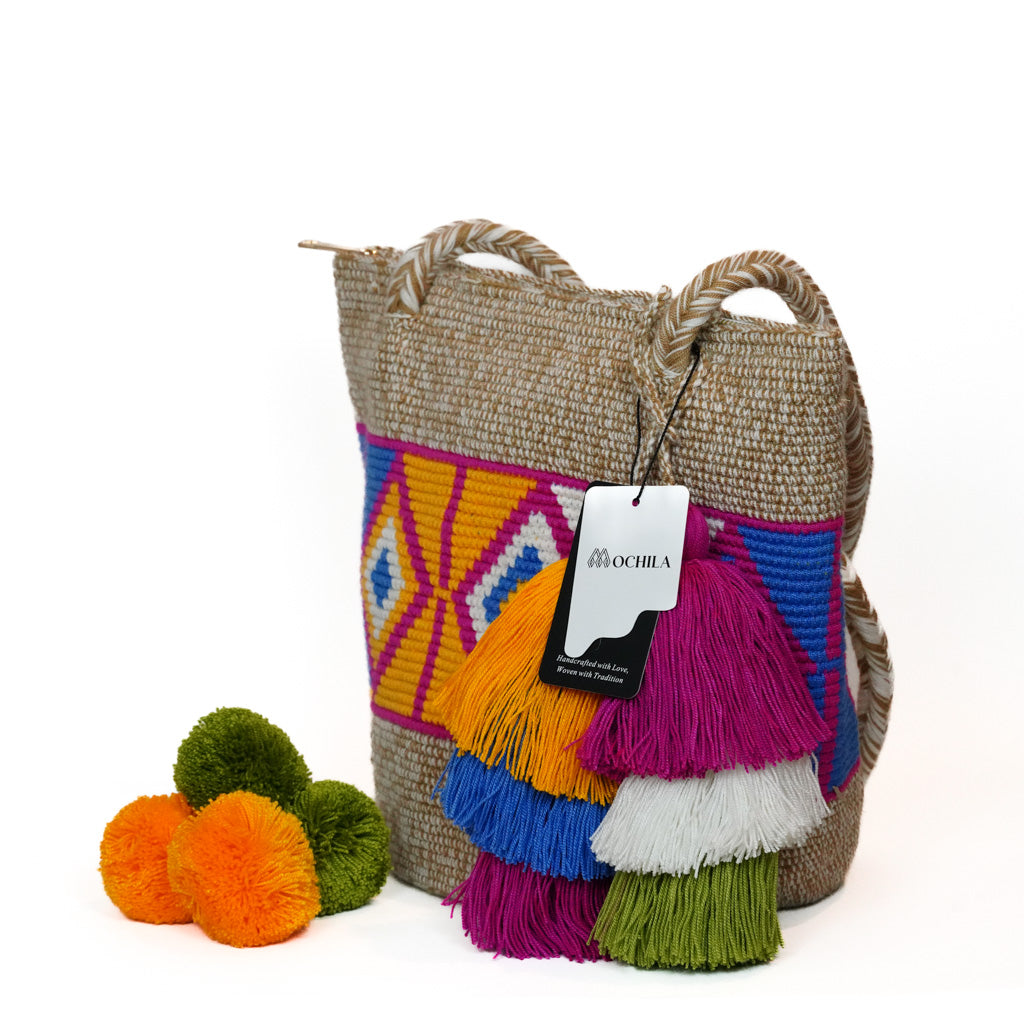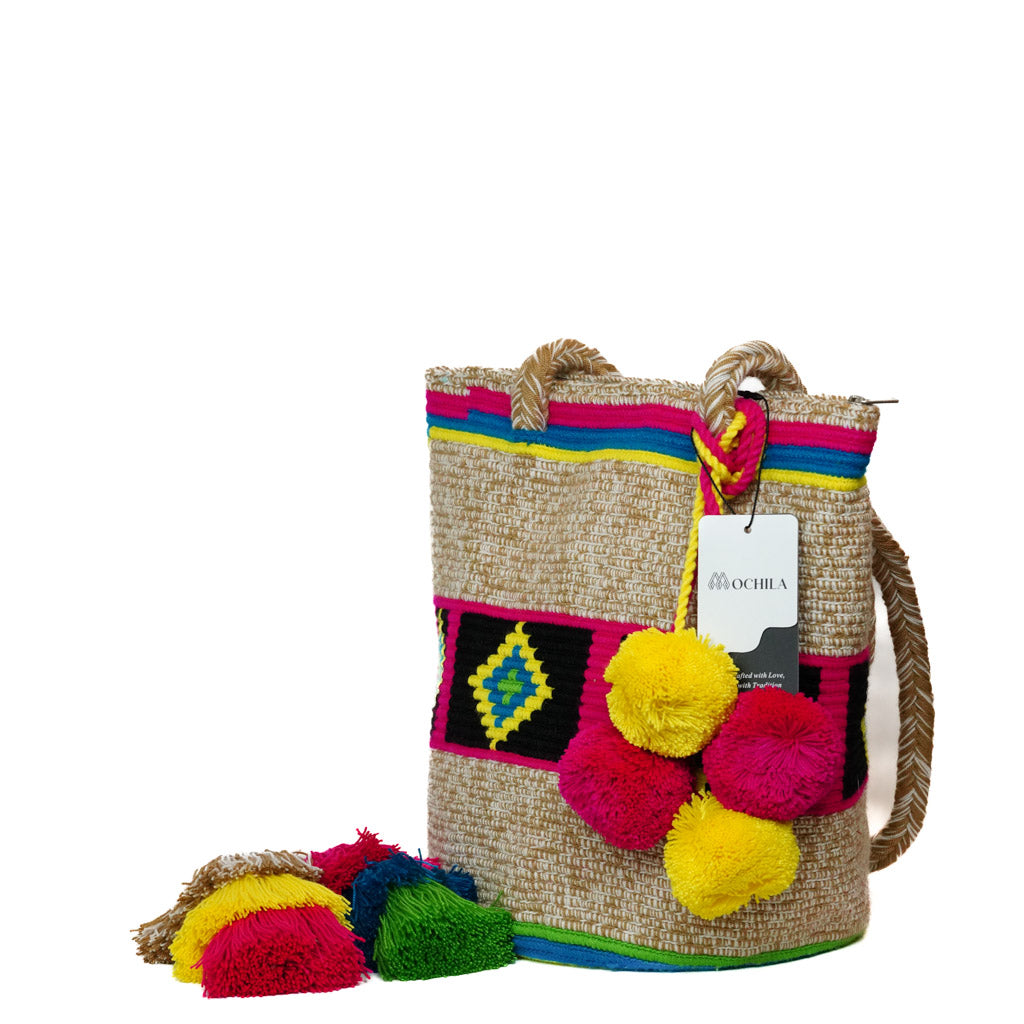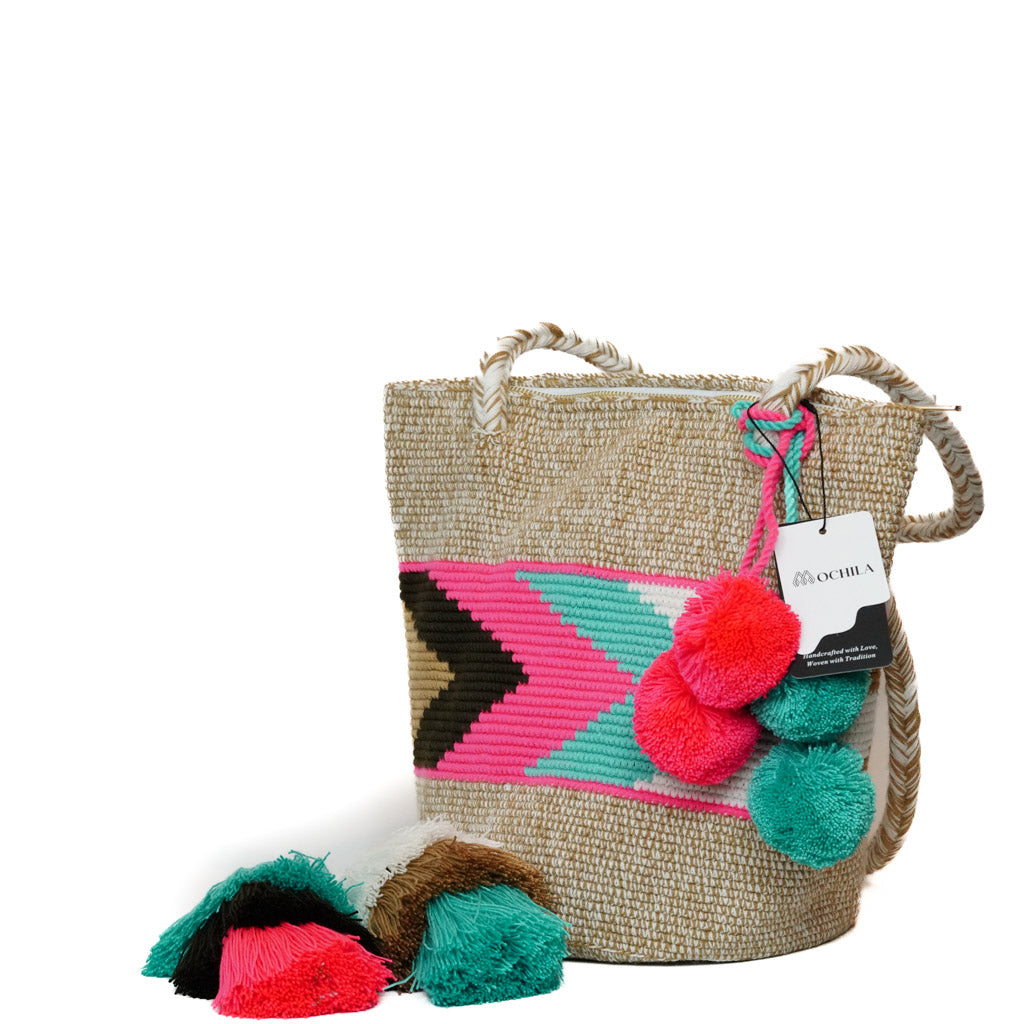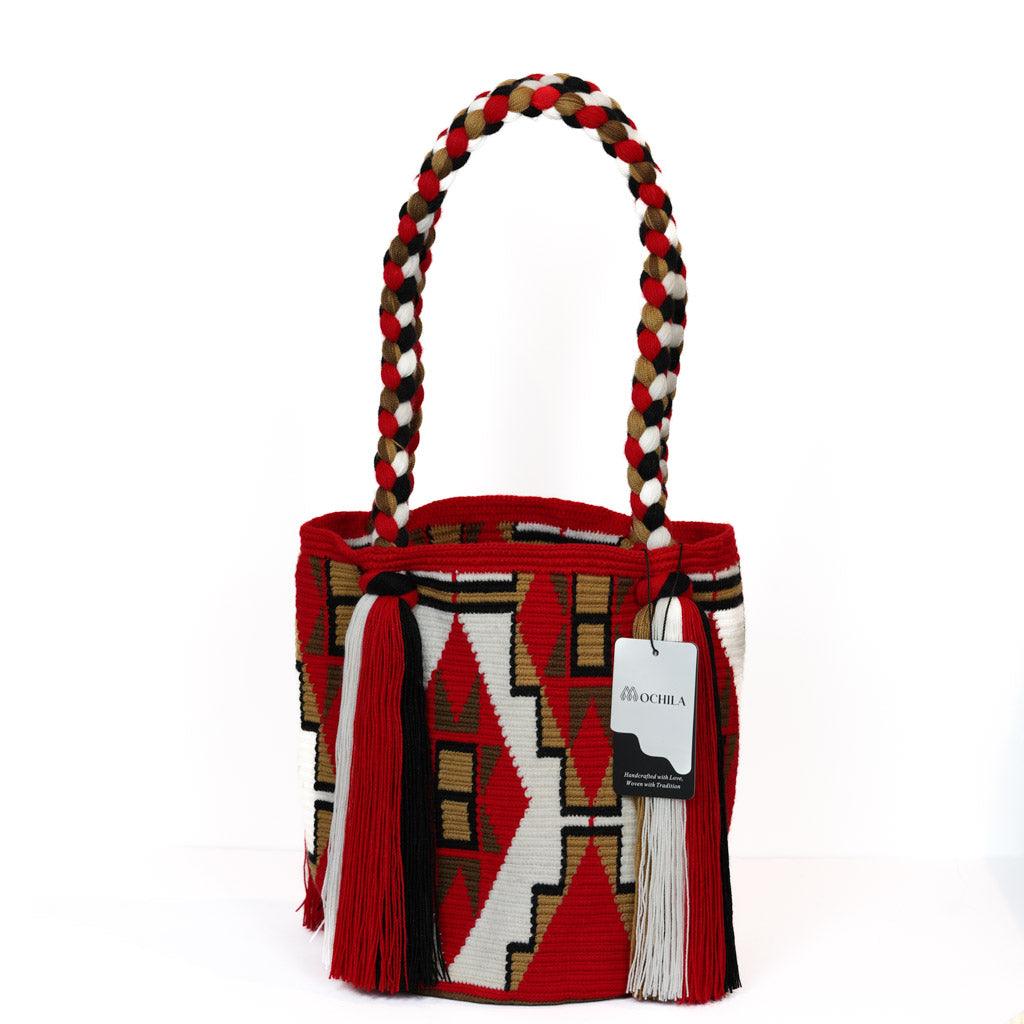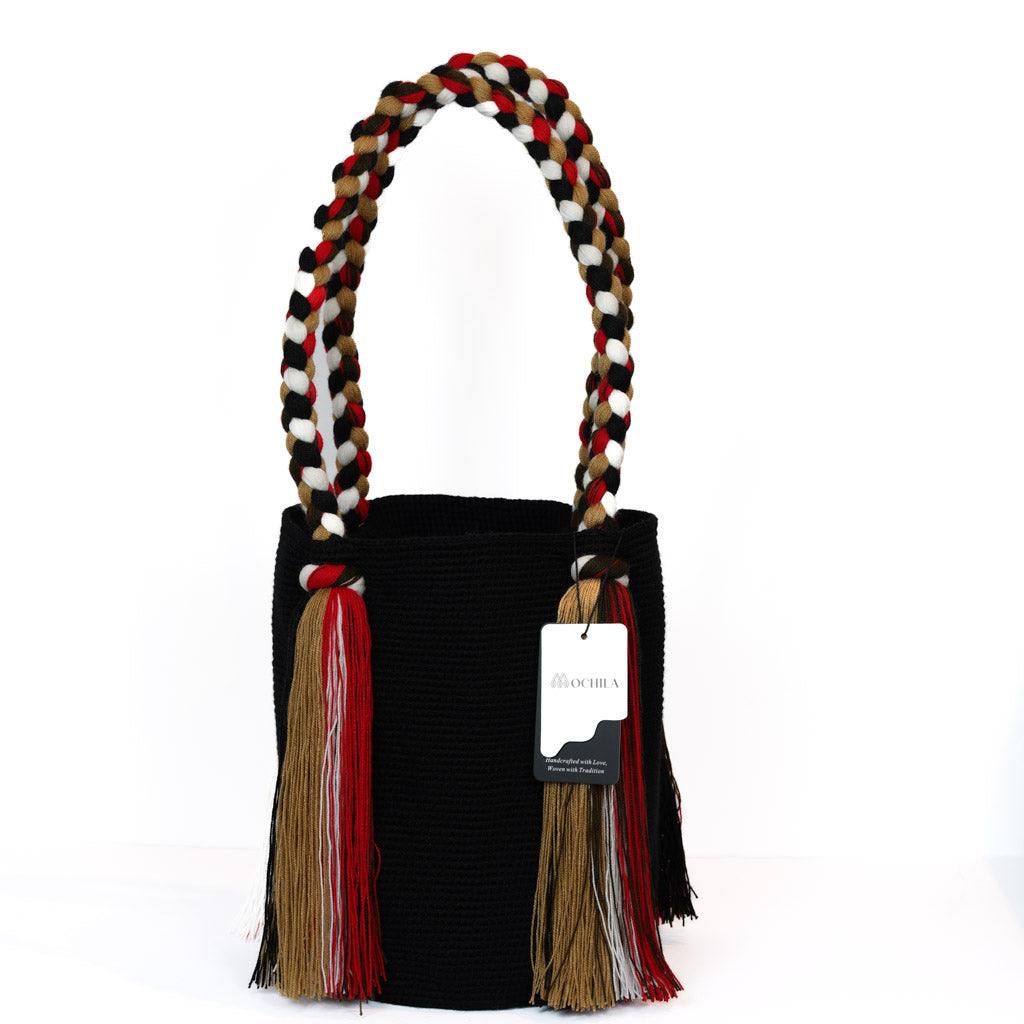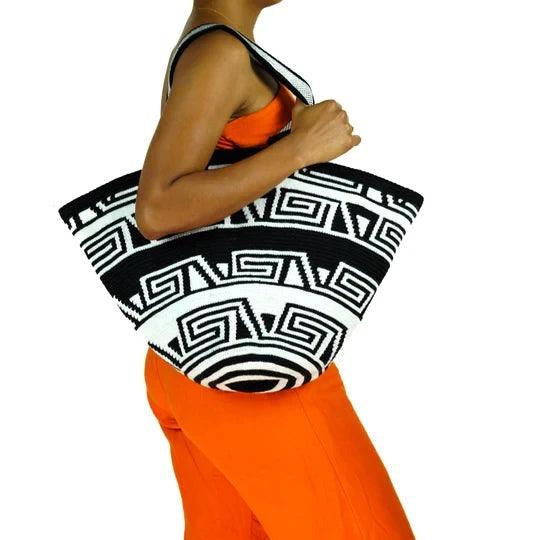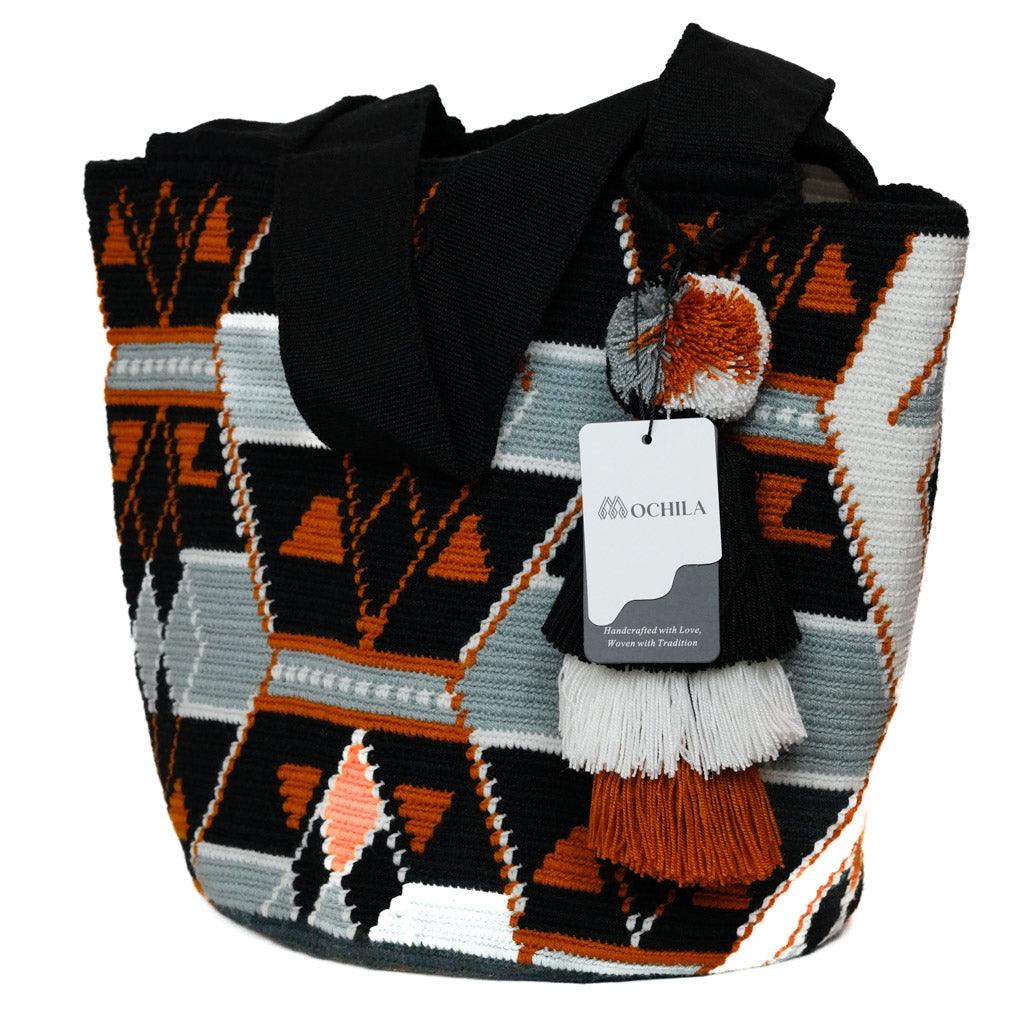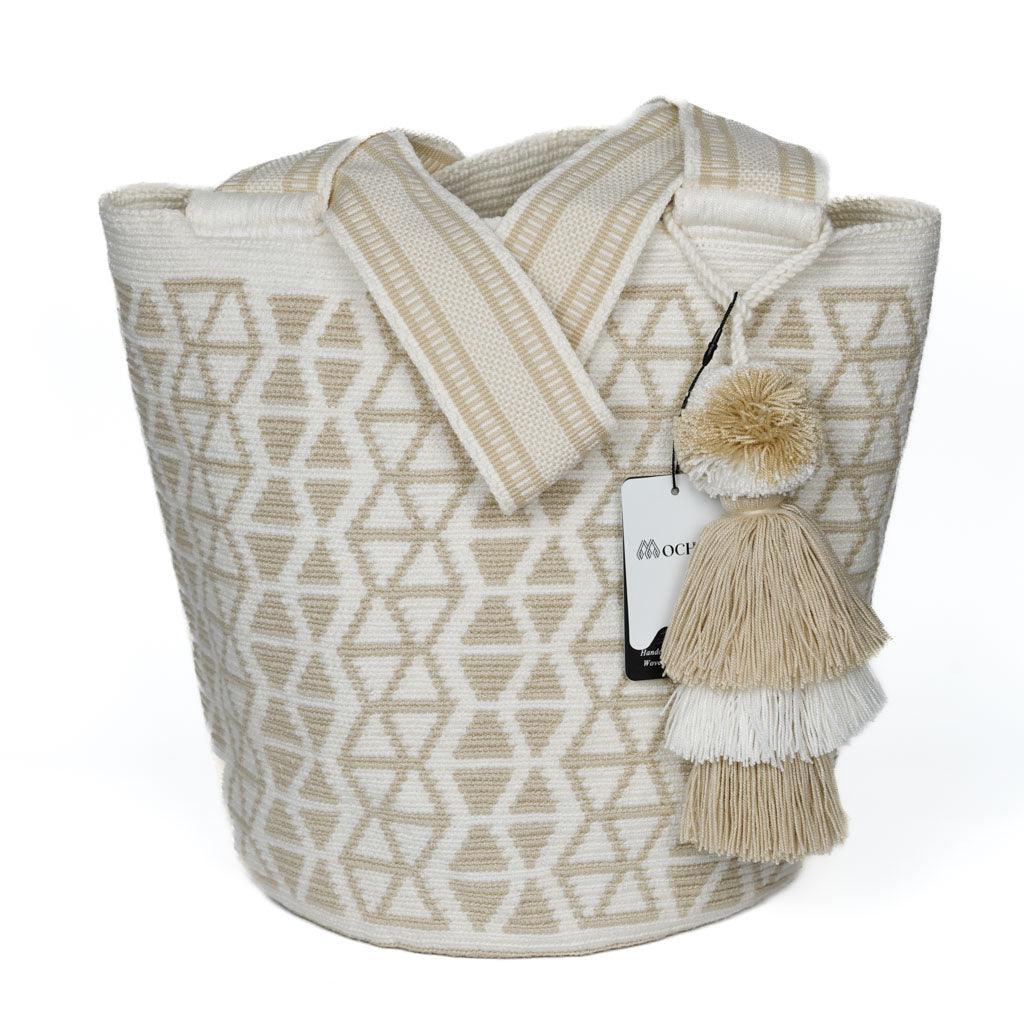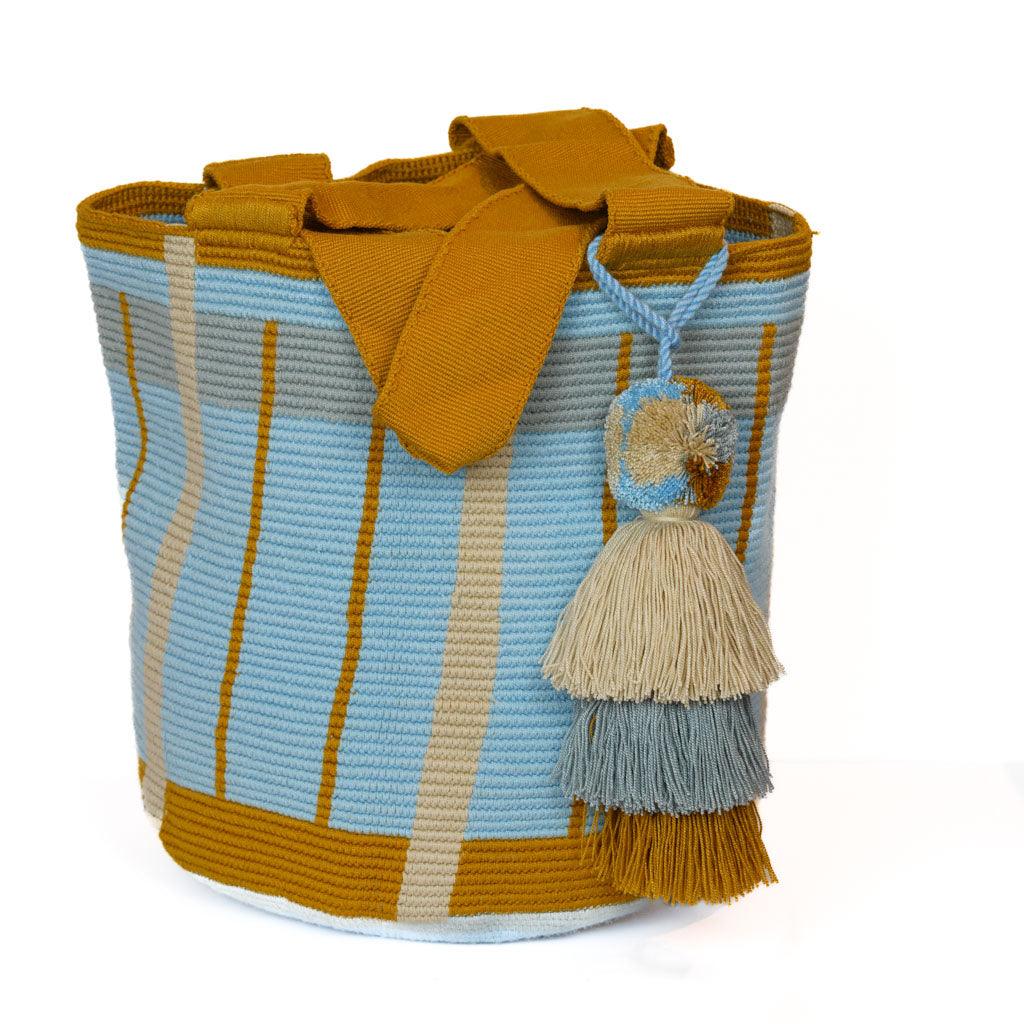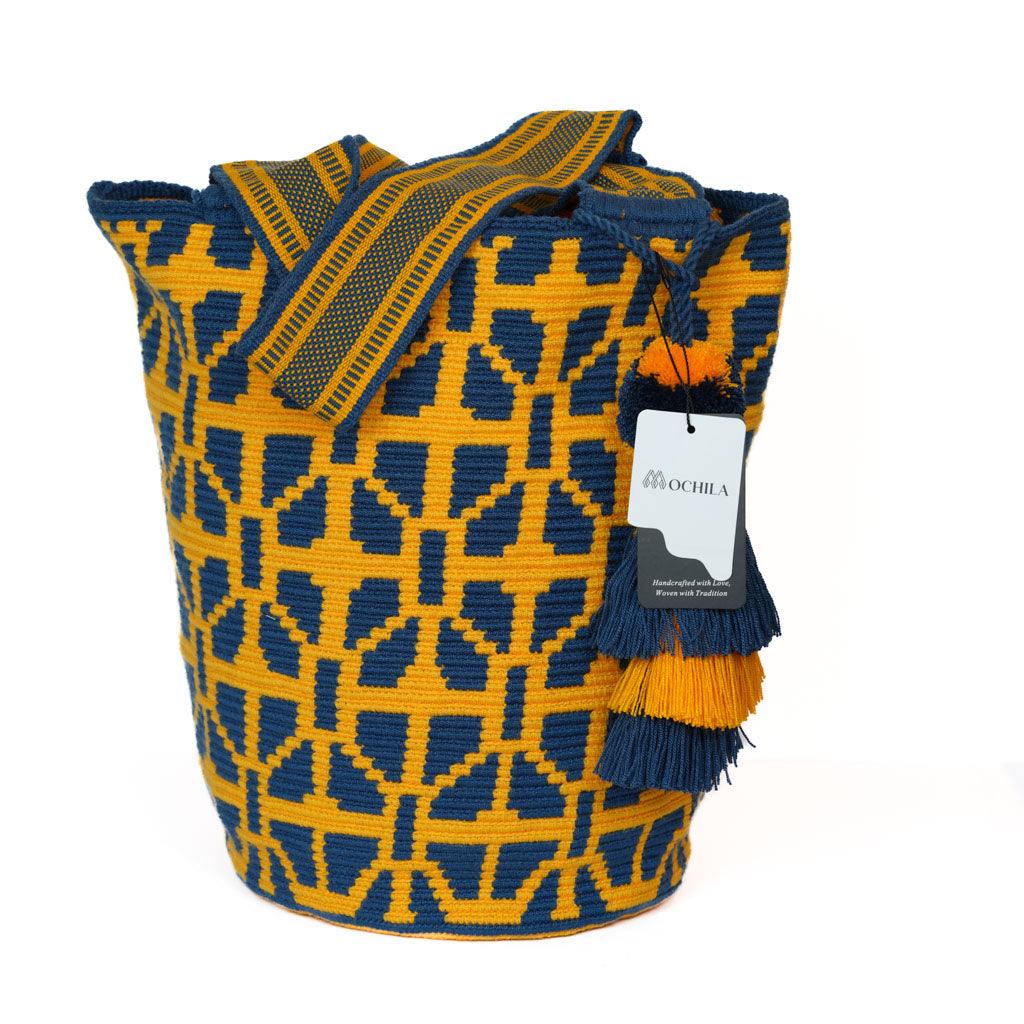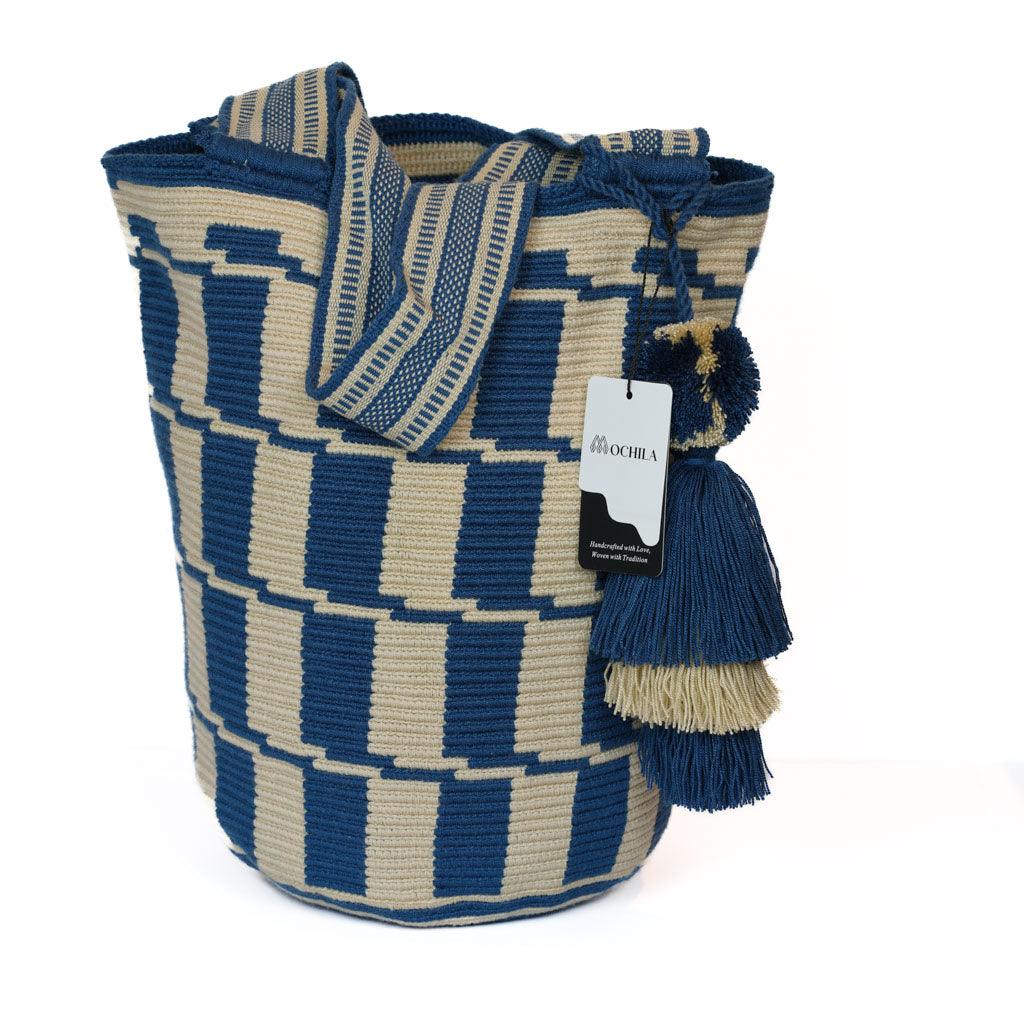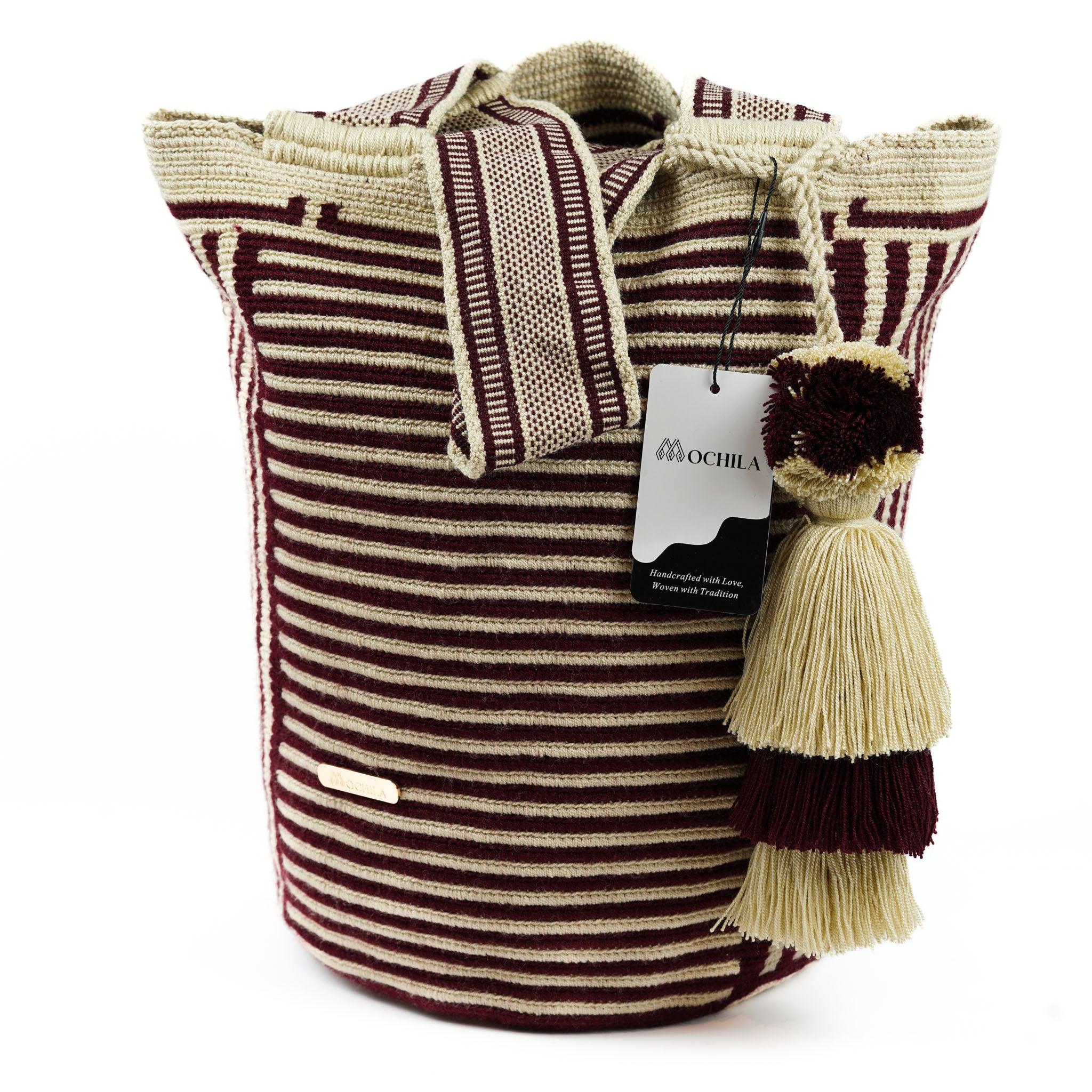Introduction to Crocheting Shawls
Embracing the art of crocheting can lead to the creation of beautiful and practical items. One such elegant piece is a crochet shawl. With a combination of traditional and modern patterns, learning how to crochet shawls can be an exciting journey for crochet enthusiasts.
The Elegance of Crochet Shawls
Crochet shawls embody a perfect blend of style and comfort. They add an element of sophistication to any outfit while providing warmth. The versatility of shawls makes them suitable for various occasions, be it formal or casual. Crocheting a shawl allows you to experiment with different patterns, textures, and colors, offering numerous opportunities for creativity.
Whether you prefer the intricacy of lacework or the simplicity of basic stitches, shawls can be tailored to suit your style and skill level. They also make heartfelt gifts, symbolizing the time, effort, and love invested in each stitch.
Basics of Crocheting Shawls
To embark on your journey of crocheting shawls, you need to understand some fundamental aspects. These include the types of yarn suitable for shawls, the importance of gauge in ensuring the right size, and the different shawl shapes you can create.
Yarn Selection: The choice of yarn plays a significant role in the look and feel of your shawl. While lightweight yarns such as lace and fingering are ideal for delicate, airy shawls, heavier yarns like worsted or bulky can be used for cozier, warmer shawls.
Gauge: In crochet, the gauge refers to the number of stitches and rows in a specified measurement. It's crucial to check the gauge to ensure your shawl turns out the desired size. You can adjust the hook size to achieve the correct gauge.
Shawl Shapes: Shawls come in different shapes, each offering a unique style. The most common shapes are triangular, rectangular, and circular. The shape of the shawl can determine its versatility and the ways it can be worn.
Before diving into crocheting shawls, it's advisable to familiarize yourself with the basics of crocheting. If you're new to crochet, visit our guide on how to crochet for beginners. If you already know the basics, you can brush up on different stitches with our article on how to crochet stitches.
In the next sections, we'll delve deeper into the techniques essential for crocheting shawls, explore various shawl shapes, and provide some beginner-friendly and intermediate shawl patterns. Let's begin your journey in creating elegant, self-crafted shawls!
Essential Crochet Techniques for Shawls
When learning how to crochet shawls, mastering a few essential crochet techniques can make the process more manageable and enjoyable. These techniques include basic crochet stitches, increasing and decreasing methods, and lacework techniques.
Basic Crochet Stitches
The foundation of any crochet project, including shawls, lies in understanding basic crochet stitches. These stitches form the fabric of your piece and can be varied to create different textures and designs. Here are some of the primary stitches used in crocheting shawls:
- Chain Stitch (ch): This is the most basic crochet stitch and is often the first stitch learned by beginners. It is mainly used to create the foundation row on which the rest of the project is built.
- Single Crochet (sc): This is the shortest and most basic of all crochet stitches. It creates a tight, dense fabric.
- Double Crochet (dc): This is taller than the single crochet stitch and is commonly used in making shawls because it works up quickly.
For a more detailed guide on how to create these stitches, check out our article on how to crochet stitches.
Increasing and Decreasing Techniques
Increasing and decreasing techniques are vital when crocheting shawls, as they help shape the shawl.
- Increasing: This technique involves making more than one stitch in the same stitch or space from the previous row, effectively increasing the number of stitches. It's often used in shawl patterns to create a triangular shape.
- Decreasing: This technique involves working two or more stitches together, effectively reducing the number of stitches. It's less commonly used in shawl patterns but can be used to create unique shapes.
Lacework Techniques
Lacework techniques are particularly relevant to shawl crocheting due to the light, airy nature of shawl patterns. This technique involves creating a pattern with lots of open spaces, giving the shawl a delicate and intricate appearance. There are many variations of lacework, but they all involve a combination of basic crochet stitches and spaces.
Learning how to crochet lace patterns can be challenging but rewarding. For more information on this technique, visit our article on how to crochet lace shawls.
Mastering these techniques will expand your crochet skills and provide a solid foundation for you to explore more complex and creative shawl patterns. Remember, practice is key when learning any new skill, so don't be afraid to make mistakes and learn as you go.
Understanding Various Shawl Shapes
When it comes to how to crochet shawls, understanding the different shawl shapes is crucial. Each shawl shape offers a unique look and style, and changing the shape can make a big difference to the final product. In this section, we will delve into three popular shawl shapes: triangle shawls, rectangle shawls, and circular shawls.
Triangle Shawls
Triangle shawls are one of the most common and classic shapes for crocheted shawls. These shawls typically start from a single point and increase on both ends, creating a triangular shape. The versatile nature of the triangle shawl allows it to be worn in various ways, either draped over the shoulders or wrapped around the neck like a scarf.
To crochet a triangle shawl, you would typically start with a small number of stitches and increase in each row or every other row, depending on the pattern. This creates a growing triangle. Some crocheters prefer to start from the center top and increase on both sides, creating a more symmetrical shawl. Find more about this technique in our article on how to crochet lace shawls.
Rectangle Shawls
Rectangle shawls, also known as wraps or stoles, are another popular shape. They offer more coverage than triangle shawls and can be worn draped over the shoulders, tied around the waist, or wrapped around the neck.
Rectangle shawls are usually crocheted in rows from one short end to the other. They can be made in simple, repetitive stitches or intricate lace patterns. Because of their rectangular shape, these shawls often resemble a wide scarf and can be a great addition to any outfit.
Circular Shawls
Circular shawls, often called round or pi shawls, provide a unique and elegant option. These shawls are worked in rounds from the center out, creating a circular shape. They often feature intricate lacework or radial patterns which radiate from the center.
Making a circular shawl requires understanding of increasing in rounds to keep the work flat. As the shawl grows, the number of stitches in each round increases to accommodate the expanding circumference. This creates a stunning circular fabric that drapes beautifully when worn.
By understanding these different shawl shapes, you can choose the one that best suits your style and preferences. Whether you're creating a cozy triangle shawl, a stylish rectangle wrap, or an elegant circular shawl, remember that the journey of creating is just as rewarding as the finished product. For more guidance on how to crochet shawls, check out our various tutorials and articles.
Crochet Shawl Patterns
Once you have a good grasp of the basics, you can start to explore the various patterns available for crocheting shawls. Below, we'll take a look at some basic and intermediate shawl patterns that can help you master how to crochet shawls.
Basic Shawl Patterns for Beginners
For those just starting on their crochet journey, a simple rectangular or triangular shawl pattern is a great starting point. These patterns typically involve basic crochet stitches and techniques, making them perfect for beginners.
Rectangular Shawl: This type of shawl involves working in rows to create a rectangular shape. The pattern primarily uses basic stitches such as the chain stitch, single crochet stitch, and double crochet stitch.
Triangular Shawl: A triangular shawl pattern begins at the center and expands outward. It uses basic stitches like the chain stitch and double crochet stitch, in addition to an increase technique to create the triangular shape.
For step-by-step instructions on basic stitches and techniques, refer to our guide on how to crochet.
Intermediate Shawl Patterns
For those who have mastered the basics and want to take on a challenge, there are several intermediate shawl patterns that introduce more complex stitches and techniques.
Lace Shawl: A lace shawl involves a variety of stitches to create intricate patterns and openwork designs. This pattern requires knowledge of stitches like the treble crochet and the shell stitch, as well as an understanding of how to read a crochet chart.
Circular Shawl: This shawl pattern is worked in rounds to create a circular shape. It uses several different stitches and techniques, including the slip stitch, double crochet stitch, and the magic ring technique.
Before attempting these intermediate patterns, make sure you're comfortable with the basic stitches and techniques. You might find our article on how to crochet stitches helpful.
Remember, the key to mastering how to crochet shawls lies in practice and patience. Start with basic patterns and gradually move on to more complex ones as you gain confidence and improve your skills. Happy crocheting!
Tips for Crocheting Shawls
Mastering the art of how to crochet shawls involves more than just learning the right stitches. It also entails understanding the importance of selecting suitable yarn, proper blocking, and troubleshooting common issues.
Selecting the Right Yarn
The yarn you choose can significantly impact the overall look and feel of your crochet shawl. It's essential to select a yarn that complements your chosen pattern and aligns with the desired drape and weight of the shawl.
Lightweight yarns, such as lace, fingering, or sport weight yarn, are typically ideal for crochet shawls. They provide the necessary drape and fluidity without making the shawl too heavy.
When it comes to material, natural fibers like wool, cotton, or silk can add a touch of luxury to your shawl. However, synthetic yarns can also be a good option, particularly for those who are allergic to certain natural fibers or are looking for a more budget-friendly alternative.
Blocking Your Shawl
Blocking is a crucial step that should not be overlooked when crocheting shawls. It helps to shape your shawl and set the stitches, giving your work a professional finish.
To block your shawl, you will first need to soak it in warm water and gently squeeze out the excess water. Then, lay it flat on a towel or blocking mat, and shape it according to the desired form. Use rust-proof pins to hold the shawl in place while it dries.
Blocking not only enhances the appearance of your shawl but also helps to open up lace patterns and evens out any irregularities in the stitch work.
Troubleshooting Common Issues
Like any craft, crochet can come with its own set of challenges. However, with a little patience and practice, these obstacles can be overcome.
Uneven Edges: This is often caused by missing or adding extra stitches at the beginning or end of a row. To avoid this, always count your stitches and ensure that you are following the pattern correctly.
Too Tight or Loose Stitches: This might be due to the way you are holding your yarn or hook. Try adjusting your grip or changing the size of your crochet hook.
Curled Edges: This can occur when the tension in your stitches is too tight. Try loosening your grip on the yarn and hook, or use a larger hook size.
Remember, every crocheter faces challenges, and it's all part of the learning process. Keep practicing and don’t hesitate to undo your work and start over if necessary. The joy of crocheting lies in the journey as well as the finished product.
In the world of crochet, shawls are a wonderful project that marries simplicity and elegance. Whether you're a novice crocheter or an experienced hooker, these tips can help you navigate the process and create a beautiful, handmade piece that you'll be proud to wear or give as a gift. For more crochet guidance, explore our articles on how to crochet and how to crochet stitches.

